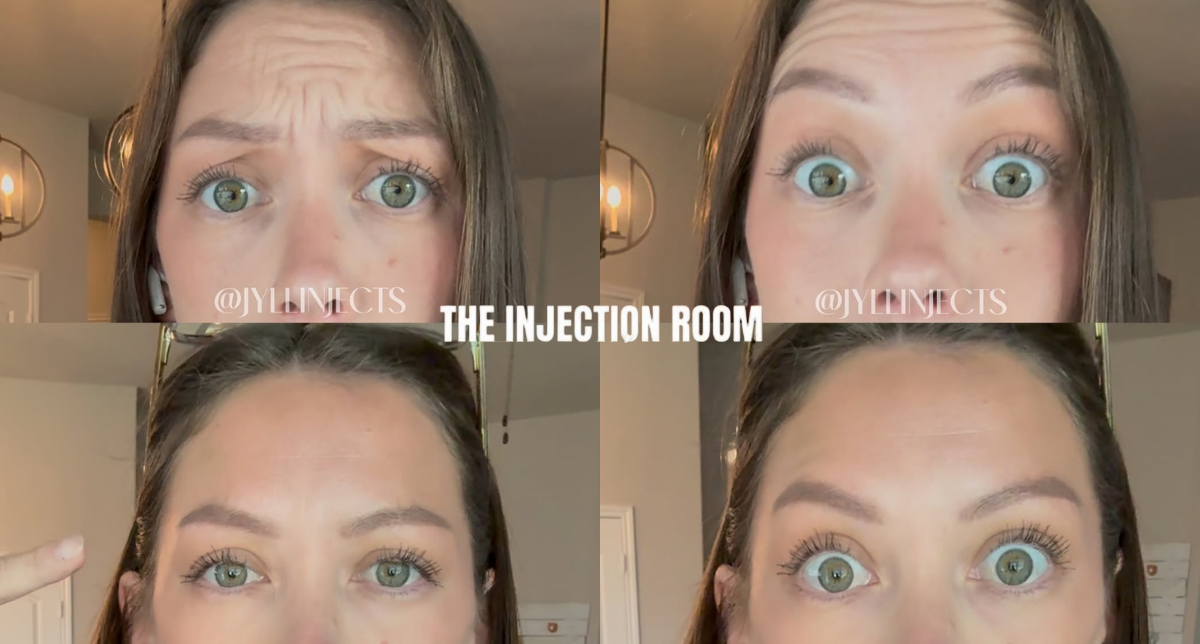
Millions of people enhance their appearance with anti wrinkle injections to smooth fine lines and reclaim youthful skin. By precisely injecting neurotoxins or dermal fillers, these treatments improve expression lines without surgery, minimal downtime, and natural-looking results. In this guide, you’ll learn how injections work at the nerve–muscle interface, compare top brands and filler blends, explore treatment areas, weigh benefits versus risks, understand pricing factors, prepare for your session, and review non-injectable alternatives. Mastering this roadmap gives you clarity on every step—from consultation to maintenance—so you can make informed decisions about your cosmetic journey.
What Are Anti Wrinkle Injections and How Do They Work?
Anti wrinkle injections are minimally invasive procedures that either relax facial muscles with neurotoxins or restore volume with dermal fillers to reduce wrinkles and restore smooth contours. They address dynamic lines caused by repeated muscle contractions as well as static folds from age-related volume loss. The choice between toxin and filler depends on wrinkle type and desired outcome, but both share the goal of improving skin texture and expression without surgical scars. Understanding these mechanisms lays the foundation for selecting the ideal treatment for each facial area.
What is the difference between neurotoxins and dermal fillers?
Neurotoxins relax muscles to soften dynamic wrinkles, while dermal fillers add volume to smooth static folds.

Neurotoxins halt muscle contraction that forms expression lines, whereas fillers plump areas where collagen and elastin have diminished. This distinction guides customized combination strategies for balanced, natural-looking rejuvenation.
Neurotoxins vs. Dermal Fillers
Neurotoxins, like Botox, work by temporarily blocking nerve signals to muscles, thereby reducing dynamic wrinkles caused by muscle contractions. Dermal fillers, on the other hand, add volume to the skin, smoothing out static wrinkles and restoring a more youthful appearance. The choice between the two depends on the type of wrinkle and the desired outcome.
Carruthers, A., & Carruthers, J., Journal of Cutaneous and Aesthetic Surgery (2013)
This research provides a clear distinction between the mechanisms of action of neurotoxins and dermal fillers, which is essential for understanding the article's core concepts.
How do botulinum toxin injections relax facial muscles to reduce wrinkles?
Botulinum toxin works by blocking acetylcholine release at the neuromuscular junction, preventing muscle fibers from contracting and creating expression lines. Once injected, the toxin temporarily interrupts nerve impulses for targeted muscles, allowing them to rest and the overlying skin to smooth out. As muscle activity decreases, lines like frown creases and crow’s feet soften without impairing overall facial expression. This controlled relaxation preserves natural movement while promoting a refreshed appearance.
Which facial muscles and wrinkle types are targeted by anti wrinkle injections?
Anti wrinkle injections focus on specific muscles responsible for common wrinkle patterns:
- The frontalis muscle causes horizontal forehead lines when raised.
- The corrugator and procerus muscles form vertical frown lines between brows.
- The orbicularis oculi muscle produces crow’s feet radiating from the eye corners.
- The masseter muscle shapes jawline bulk and can be slimmed.
- The platysma bands in the neck become more prominent with age.
- The nasalis muscle generates bunny lines on the nose.
By mapping these muscles, practitioners deliver precise injections that improve each wrinkle type while maintaining balanced facial dynamics.
Anti-Wrinkle Injection Areas
Anti-wrinkle injections are used to target specific facial muscles responsible for wrinkles. These include the frontalis muscle for forehead lines, the corrugator and procerus muscles for frown lines, and the orbicularis oculi muscle for crow's feet. This targeted approach allows for precise wrinkle reduction while maintaining natural facial expressions.
Fagien, S., Plastic and Reconstructive Surgery (2009)
This citation supports the article's discussion of the specific muscles and areas that can be treated with anti-wrinkle injections, providing a foundation for the article's content.
What Are the Most Popular Types of Anti Wrinkle Injections?
A diverse selection of neurotoxin brands and filler modalities offers tailored solutions for different needs and preferences. Choice of product depends on onset speed, diffusion characteristics, and duration of effect, plus filler composition for volume and hydration. Evaluating these options side by side ensures you select the most effective combination for your skin goals and treatment areas.
How does Botox compare to Dysport, Xeomin, Jeuveau, and Daxxify?
Below is a comparison of leading neurotoxin brands by their key attributes:

Each formulation offers a balance between onset, diffusion, and longevity. Faster onset brands suit areas needing quick smoothing, while longer-lasting options reduce injection frequency.
What are dermal fillers and how do they complement neurotoxins?
Dermal fillers are injectable gels—often hyaluronic acid, calcium hydroxylapatite, or poly-L-lactic acid—that restore volume to static lines and hollow regions. By filling depressions and boosting hydration, fillers smooth deep folds around the mouth, cheeks, and under-eye area. When combined with neurotoxins, fillers address both dynamic and static wrinkles in a comprehensive “liquid lift,” enhancing overall facial harmony and structural support.
What is Platelet-Rich Plasma (PRP) therapy and its role in wrinkle treatment?
Platelet-Rich Plasma therapy harnesses growth factors from the patient’s own blood to stimulate collagen production and skin regeneration. After centrifugation, a concentrated plasma layer is injected into fine lines and crepey skin, promoting natural remodeling over several weeks. PRP offers a biological alternative or adjunct to toxins and fillers, particularly for improving skin texture, elasticity, and overall youthful radiance.
Which Areas Can Be Treated with Anti Wrinkle Injections?

Anti wrinkle injections can target almost any region where muscle movement or volume loss contributes to lines and contours. From forehead creases to jaw slimming, customizing injection sites ensures optimal, natural-looking rejuvenation tailored to individual anatomy.
How are forehead lines, frown lines, and crow’s feet treated?
Forehead lines are softened by injecting the frontalis muscle to reduce horizontal creases, frown lines respond to corrugator and procerus injections, and crow’s feet improve with orbicularis oculi modulation. This combination achieves a balanced smoothing effect across the upper face while preserving expressive range.
What treatments are available for jawline slimming and masseter reduction?
Masseter injections weaken the chewing muscle, gradually reducing its bulk to create a more tapered jawline and V-shaped profile. By strategically placing neurotoxin units in the masseter, practitioners enhance facial contour, improve bite tension for TMJ relief, and contribute to an overall streamlined appearance.
How do injections improve neck bands, bunny lines, and lip flip?
Injecting the platysma muscle in the neck reduces vertical banding and lifts the lower face. Nasalis injections smooth bunny lines at the nose bridge, and a minimal injection into the orbicularis oris muscle facilitates a subtle lip flip that enhances the upper lip’s curvature without fillers. Each targeted approach refines distinct areas for cohesive rejuvenation.
What Are the Benefits and Preventative Uses of Anti Wrinkle Injections?
Anti wrinkle injections deliver immediate smoothing results, help prevent new lines, and maintain natural expressions. Their versatility allows both corrective and preventive protocols tailored to lifestyle, age, and aesthetic goals.
How do anti wrinkle injections provide a youthful and natural appearance?
By precisely modulating muscle activity and restoring volume, injections smooth wrinkles while preserving full facial movement and symmetrical contours. Custom dosing ensures that treated areas blend seamlessly with untreated zones, promoting a refreshed yet authentic appearance that enhances confidence.
What are the preventative effects of early botox treatments?
Early neurotoxin use teaches muscles to contract less forcefully, discouraging deep line formation over time. Consistent low-dose treatments can delay static furrows and maintain smoother skin in later decades, positioning preventive injections as a proactive anti-aging strategy for younger patients.
How do minimal downtime and natural results influence patient satisfaction?
With most patients returning to normal activities immediately, anti wrinkle injections fit busy schedules and lifestyle demands. Rapid recovery, subtle enhancements, and predictable outcomes foster high satisfaction rates, reinforcing trust in skilled practitioners and repeat treatments for long-term skin maintenance.
What Are the Common Side Effects and Safety Considerations of Anti Wrinkle Injections?
While anti wrinkle injections are generally safe, understanding mild and rare reactions and choosing an experienced provider are critical for complication avoidance and optimal results.
What are the typical side effects like bruising, swelling, and headaches?
Most patients experience mild bruising at injection points, slight swelling, redness, or transient headaches. These reactions resolve within a few days without intervention and rarely interfere with routine activities.
How can serious side effects such as drooping or allergic reactions be minimized?
Serious events—like eyelid or brow droop and hypersensitivity—can be prevented by careful mapping of injection sites, precise dosing, and sterile technique. Immediate post-treatment monitoring and prompt management protocols further reduce risk and ensure safety.
Why is choosing a qualified practitioner essential for safe treatment?
Qualified practitioners possess comprehensive anatomical knowledge, injection expertise, and certification in aesthetic procedures. Their skillful technique and clinical judgment safeguard against adverse outcomes and deliver consistently natural, balanced results.
How Much Do Anti Wrinkle Injections Cost and What Factors Affect Pricing?
Pricing depends on product type, the number of units, treatment area complexity, and provider credentials. Transparent cost breakdowns help patients budget and compare options effectively.
What is the average cost per unit and per treatment area?
Below is an approximate cost guide for common treatment zones:

How do location, provider expertise, and number of units influence cost?
Major metropolitan areas tend to charge premium rates, while experienced specialists command higher fees for their advanced skills. The total unit count directly scales price—more extensive treatment areas require additional units and increased cost.
Are there package deals or insurance options for medical vs. cosmetic use?
Many clinics offer multi-area packages at discounted unit rates to encourage maintenance plans. Insurance may cover neurotoxin injections when used to treat medical conditions like chronic migraines or hyperhidrosis, but cosmetic applications remain out-of-pocket expenses.
What Should You Expect Before, During, and After Anti Wrinkle Injection Treatments?
A clear roadmap for the treatment journey—from consultation to maintenance—promotes confidence and maximizes results. Preparation, procedure, and aftercare guidelines help you set realistic expectations and maintain optimal outcomes.
How to prepare for your anti wrinkle injection consultation?
Prepare by avoiding blood-thinning medications and supplements for one week, compiling your medical history, and discussing realistic goals. Clear communication with your injector ensures accurate assessment and personalized treatment planning.
What happens during the injection procedure?
- The skin is cleansed and marked to map target muscles.
- Fine-gauge needles deliver precise neurotoxin or filler units at designated sites.
- Treated areas may be gently massaged to ensure even distribution.
- After brief observation, patients can resume normal activities.
This streamlined process typically takes 15–30 minutes and promotes comfortable, efficient treatment.
What is the typical results timeline and aftercare advice?
Anti wrinkle injections begin to show improvement within 2–3 days, reach full effect by two weeks, and require gentle care post-treatment. Remain upright for four hours, avoid strenuous exercise for 24 hours, and refrain from rubbing treated areas to preserve optimal placement.
How long do results last and when is maintenance needed?
Most neurotoxin treatments maintain peak smoothing for 3–4 months, with some advanced formulations lasting up to 6 months. Dermal fillers can persist 6–18 months depending on type. Scheduling follow-up sessions just before results wane ensures continuous, consistent rejuvenation.
What Are the Alternatives to Anti Wrinkle Injections for Wrinkle Reduction?
Non-injectable treatments and surgical options offer additional pathways for wrinkle management. Comparing modalities helps you choose the best fit based on downtime tolerance, invasiveness, and targeted outcome.
How do topical retinoids, chemical peels, and microneedling compare?
Each non-injectable method stimulates collagen renewal through different mechanisms:
- Topical Retinoids encourage cell turnover and thickening of the dermis.
- Chemical Peels remove damaged outer skin layers to reveal smoother texture.
- Microneedling induces micro-injuries that trigger collagen and elastin production.
These approaches improve mild lines and texture with minimal invasion but often require multiple sessions and modest downtime.
What role do laser skin resurfacing and peptides play in wrinkle management?
Ablative and non-ablative lasers deliver controlled thermal injury to remodel collagen networks, offering substantial improvement in deeper lines. Topical or injectable peptides act as signaling molecules that stimulate collagen synthesis and skin repair, serving as adjuncts or alternatives to injectables.
When are surgical options considered over injections?
Surgical procedures—such as facelift, brow lift, and eyelid surgery—provide definitive correction for advanced skin laxity and deep folds. While more invasive and requiring longer recovery, they remain the gold standard when non-surgical measures cannot achieve desired tightening and repositioning.
Anti wrinkle injections deliver targeted rejuvenation through precise muscle modulation and volume restoration, offering a versatile, minimally invasive path to smoother, more youthful skin. By understanding injection types, treatment areas, benefits, costs, safety, and alternatives, you’re equipped to collaborate with a qualified professional on a personalized plan. Embracing this informed approach ensures confidence in your aesthetic decisions and long-term satisfaction with your results.






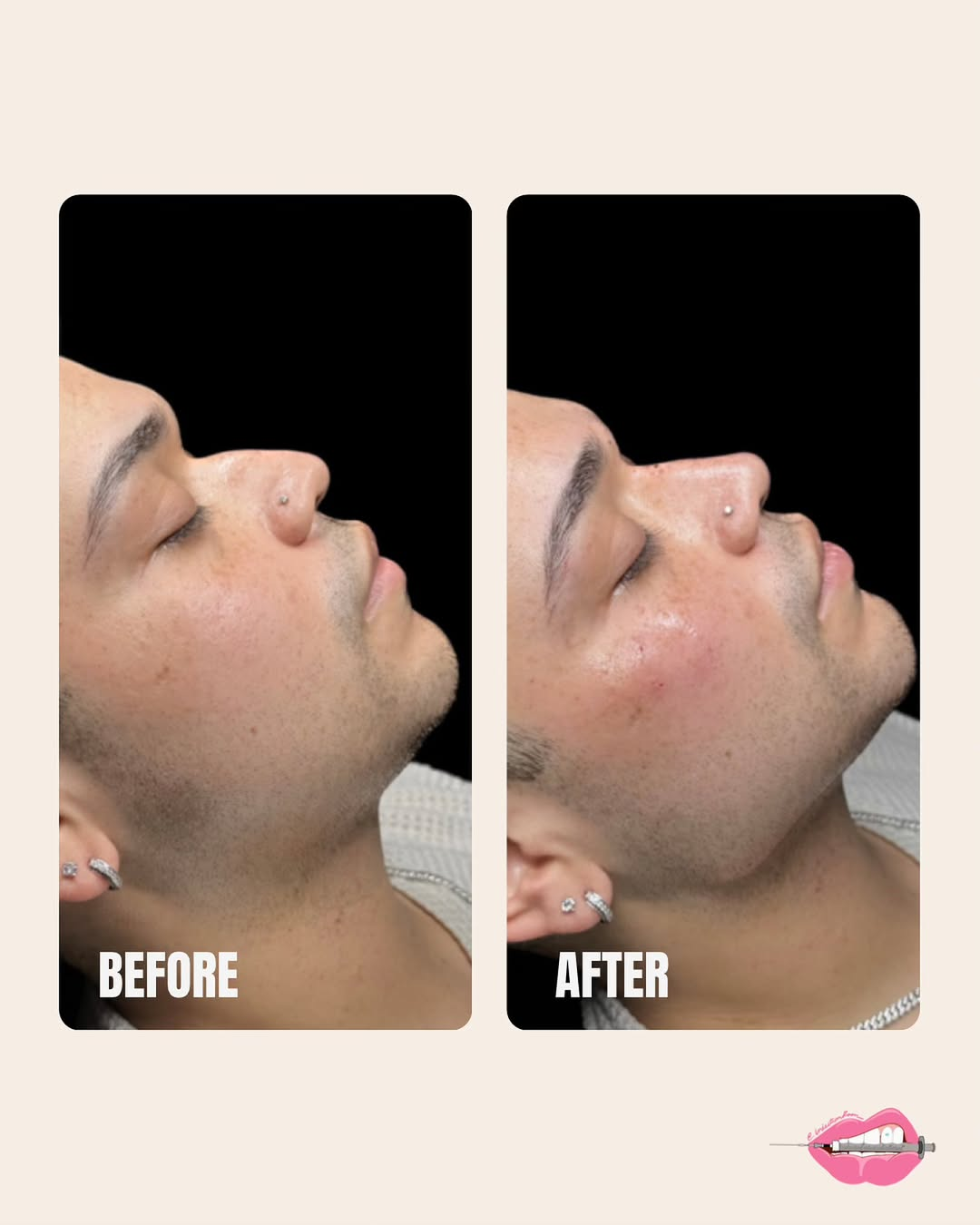


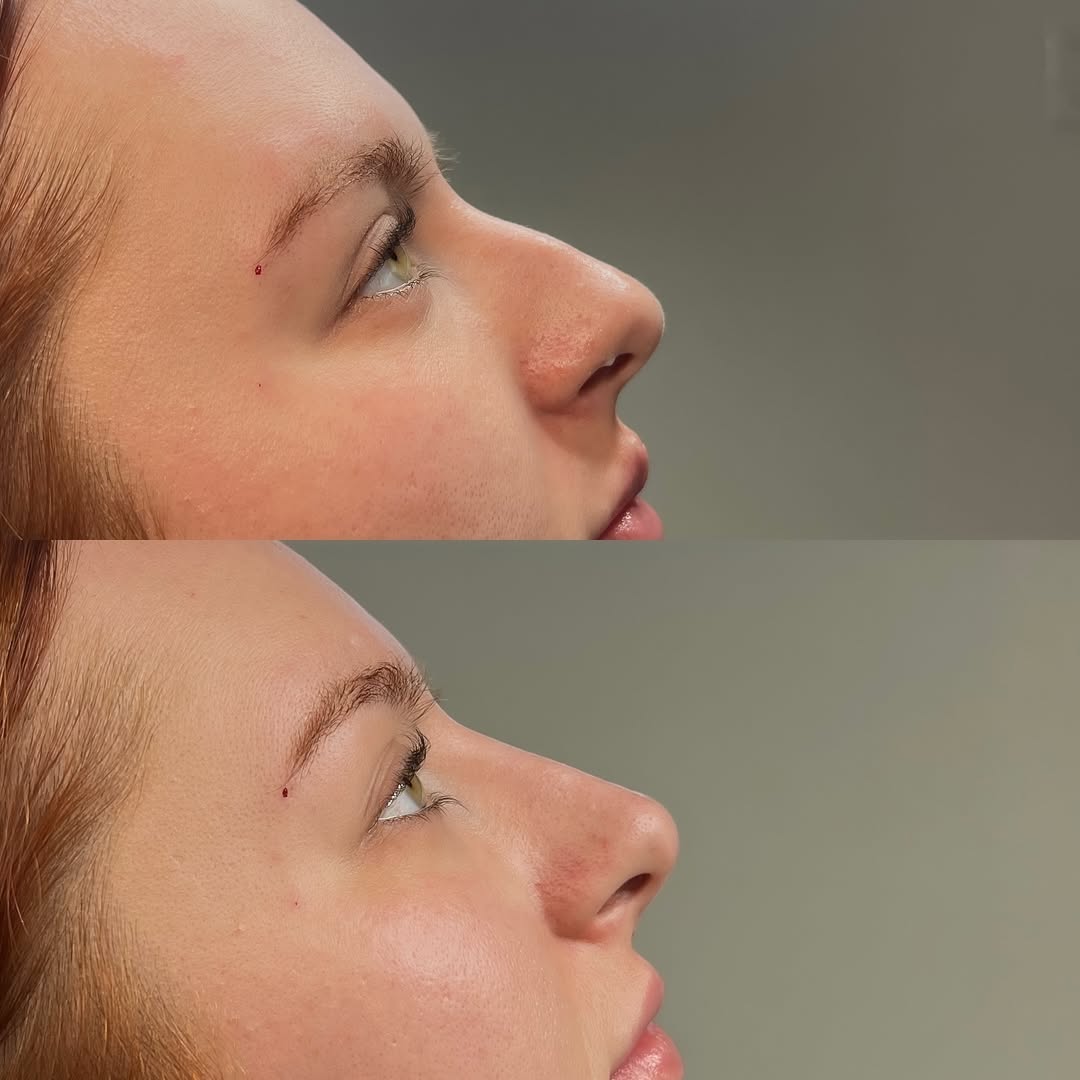



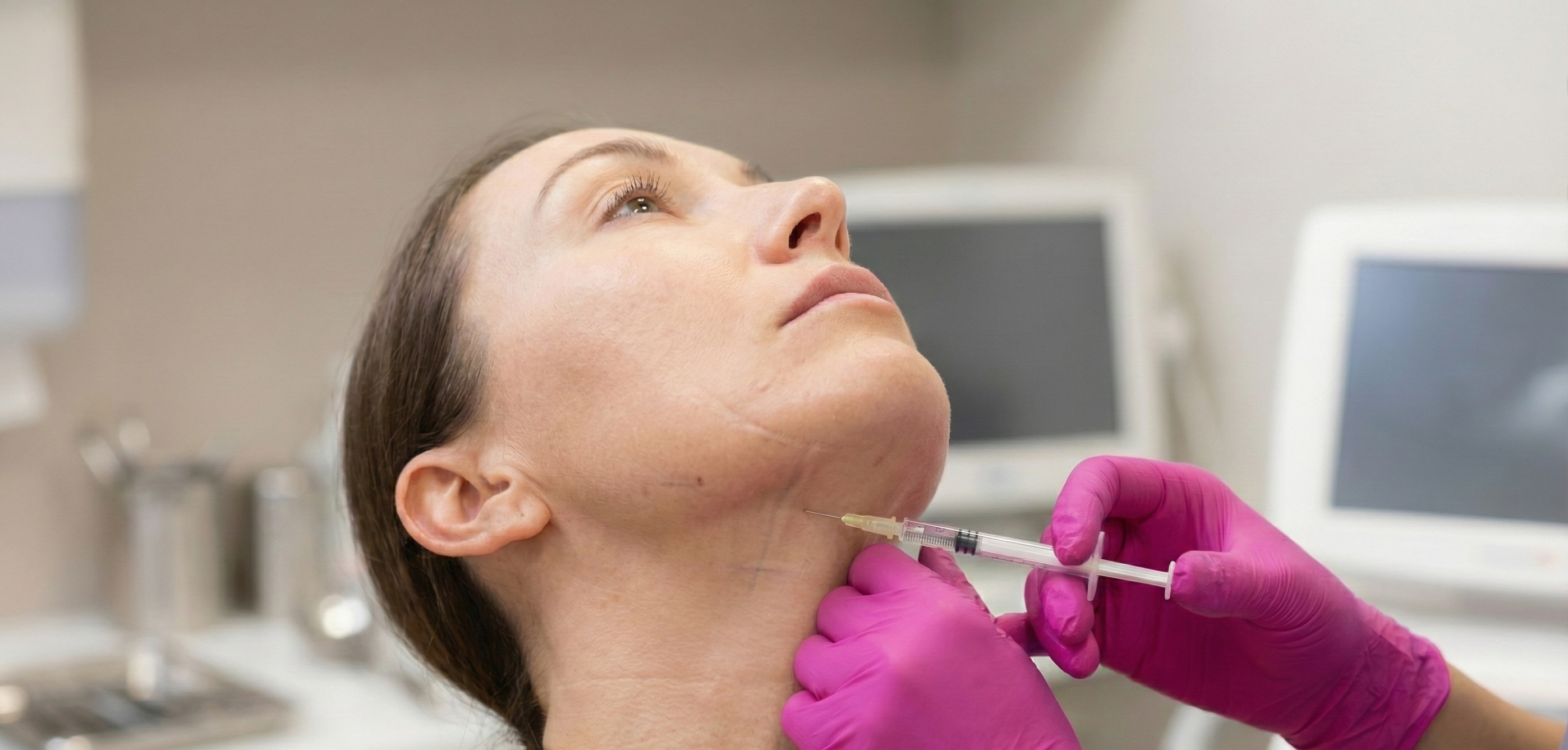

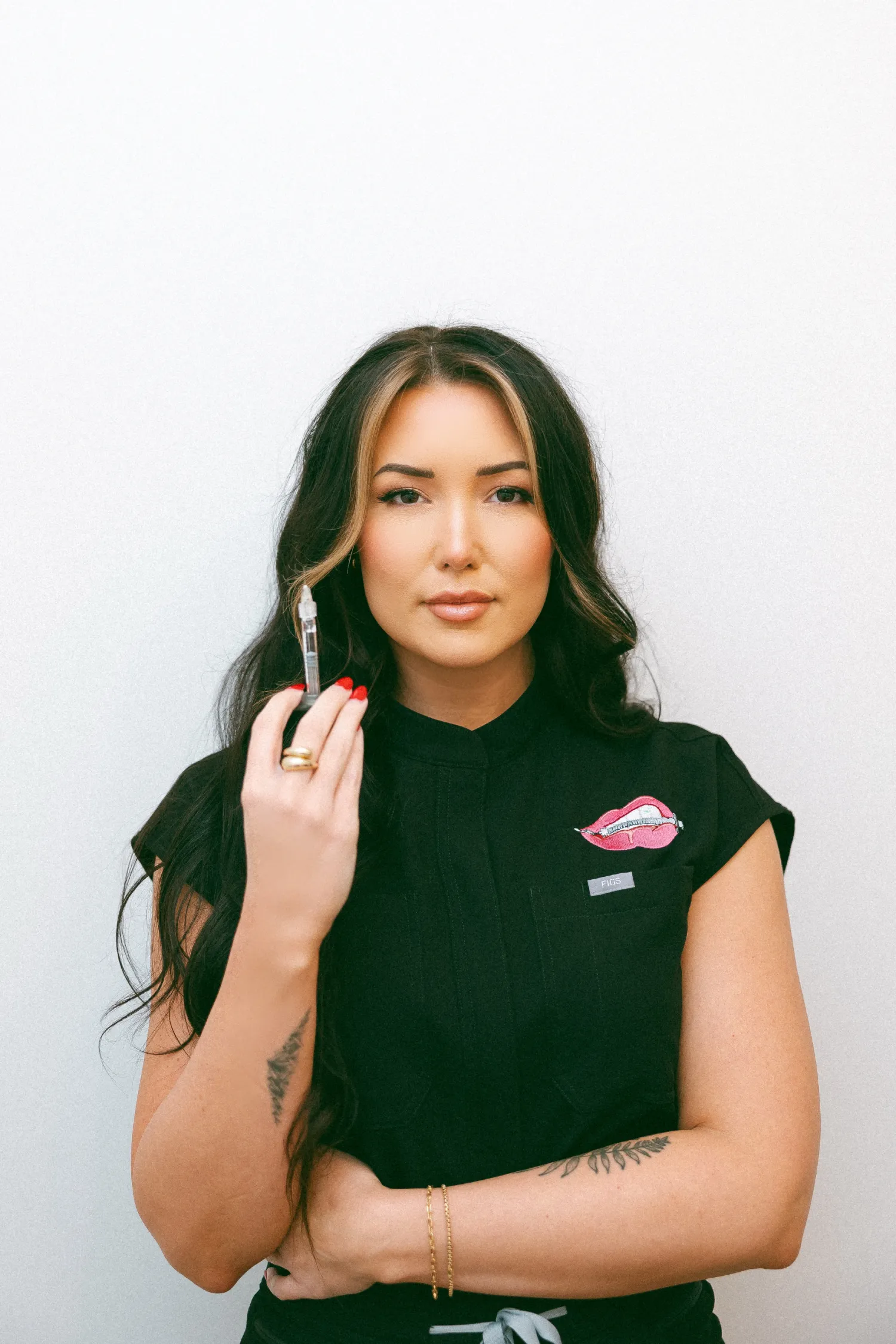
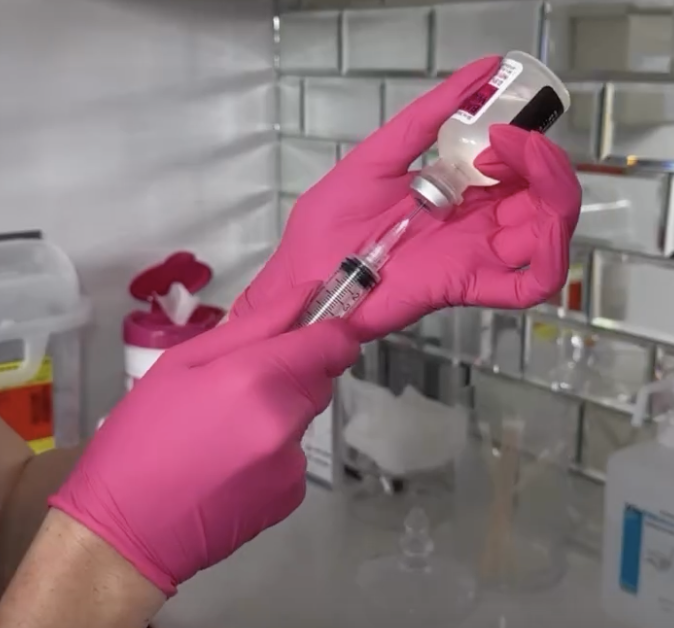



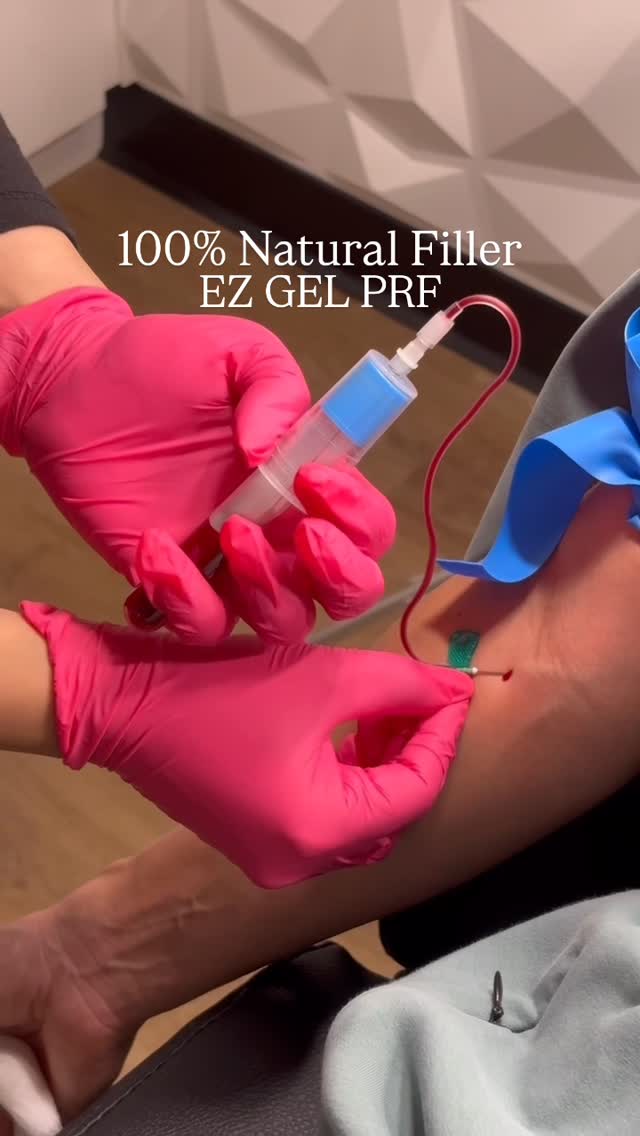
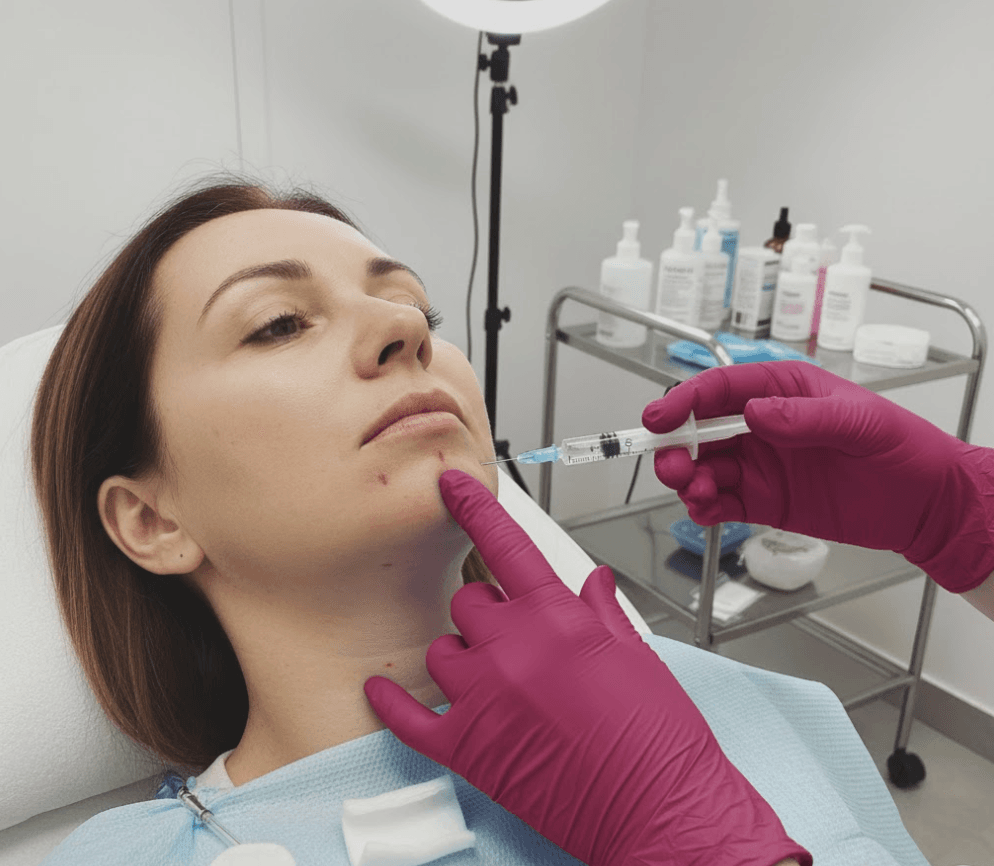
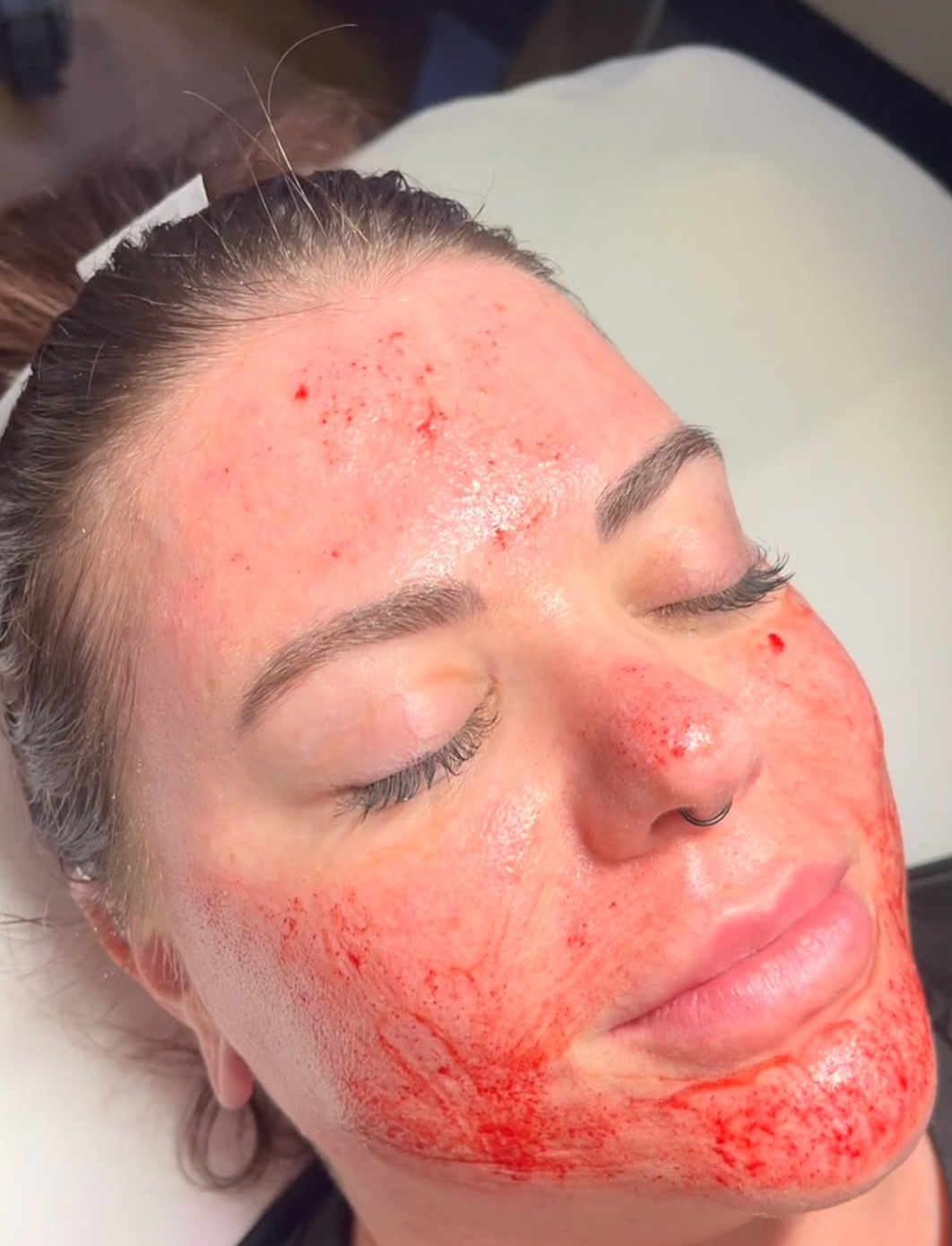
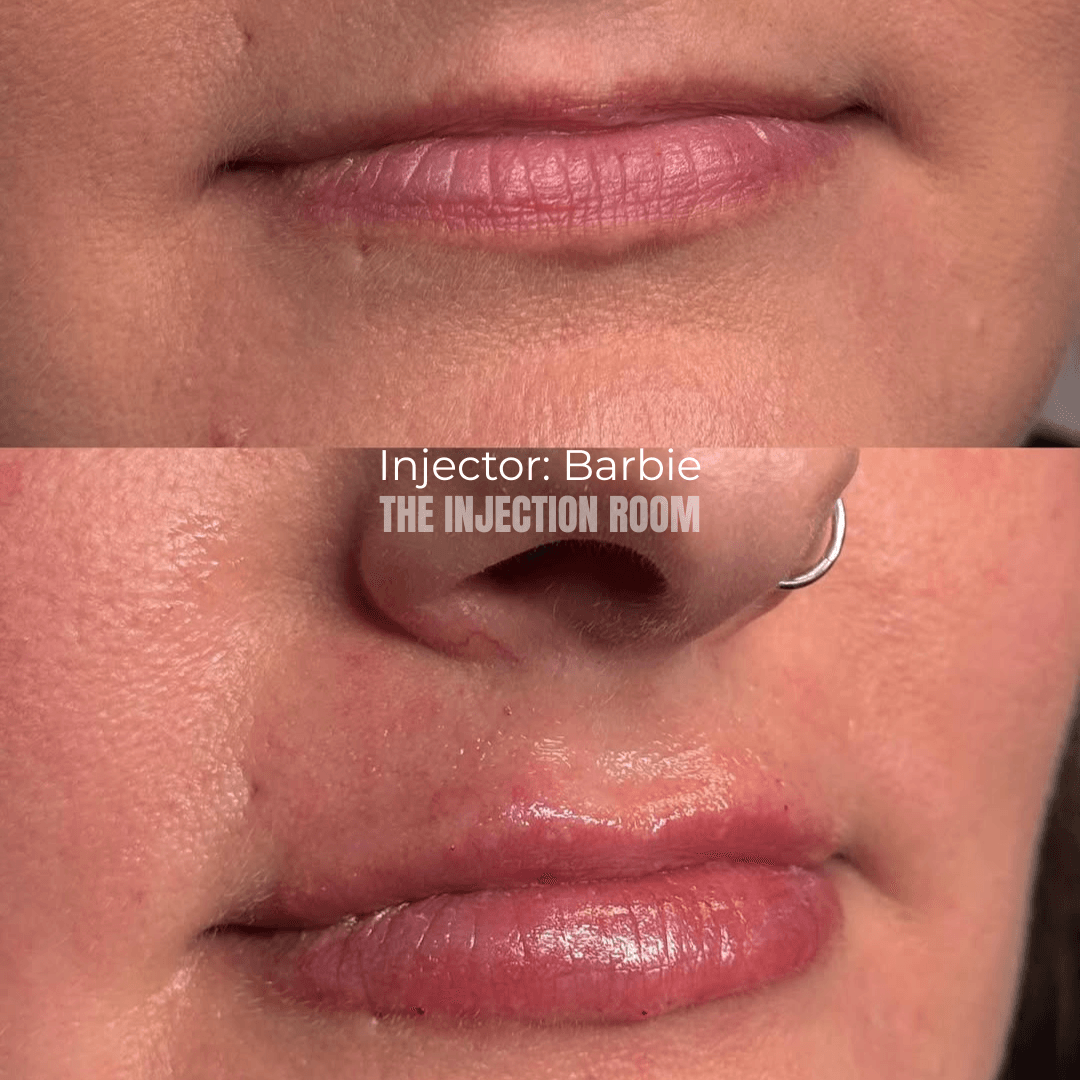

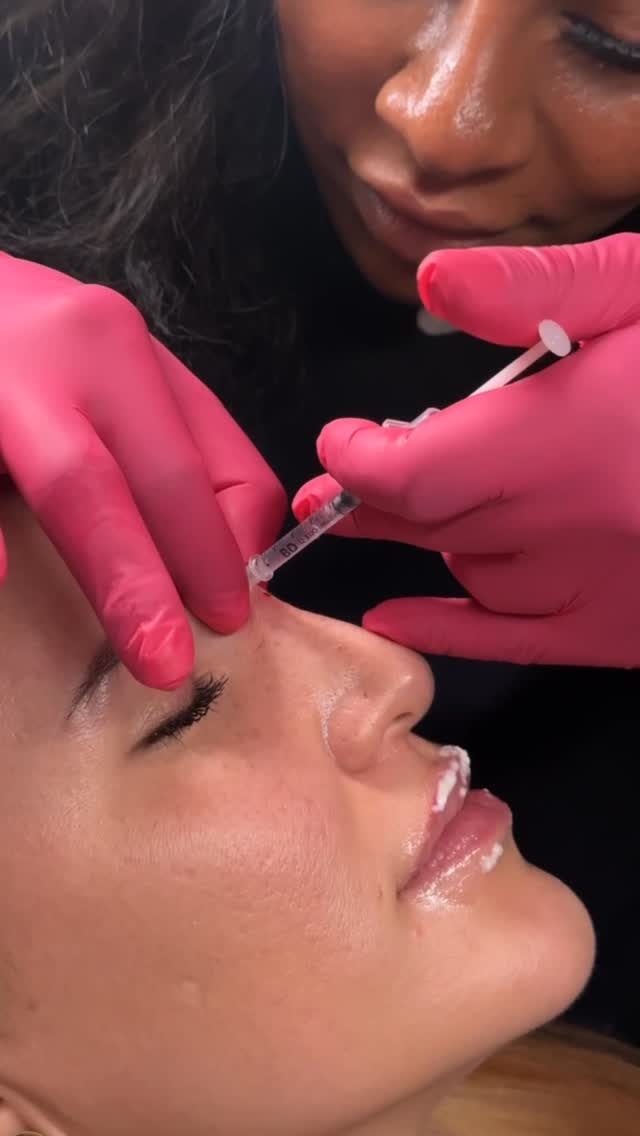

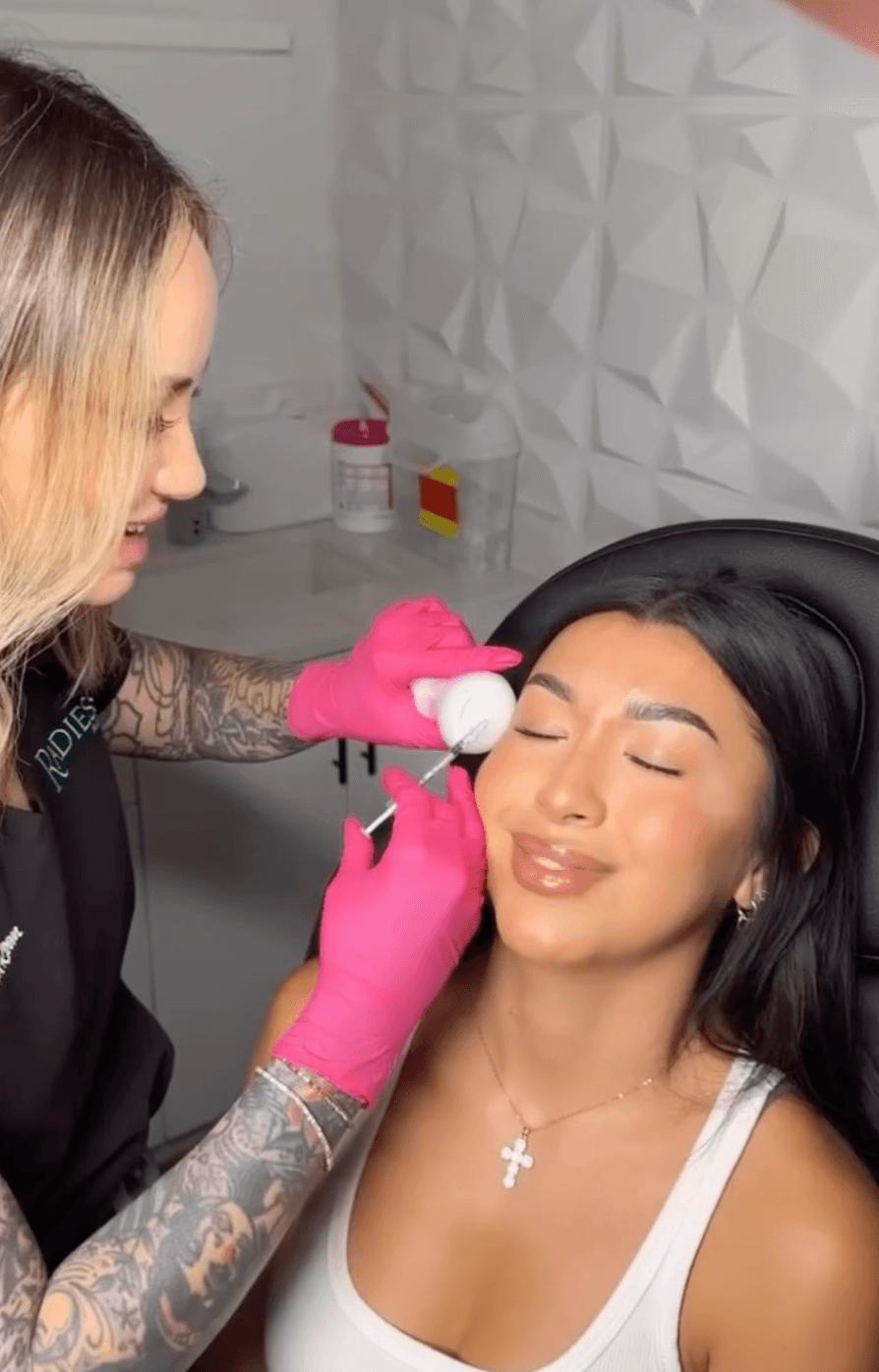
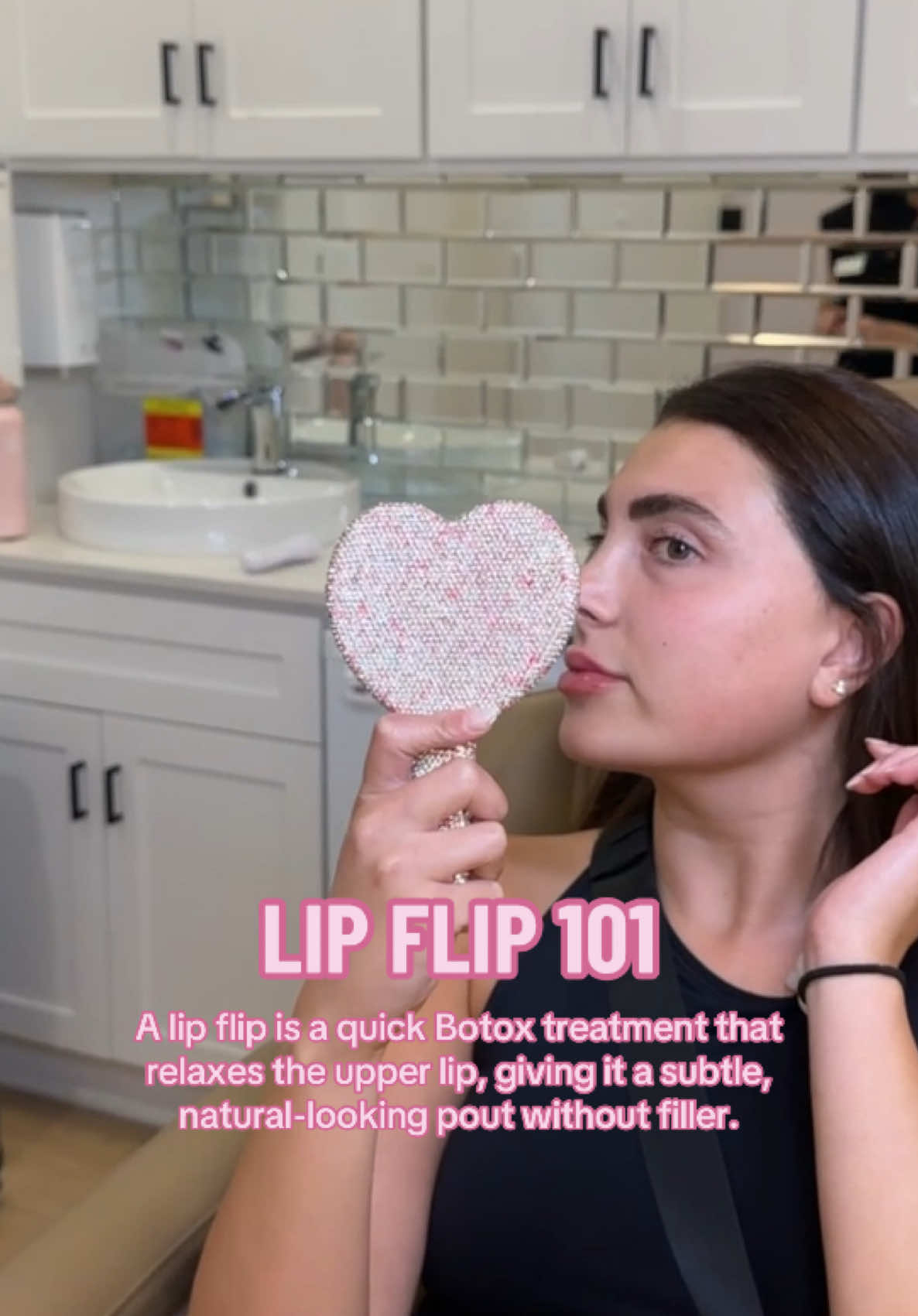



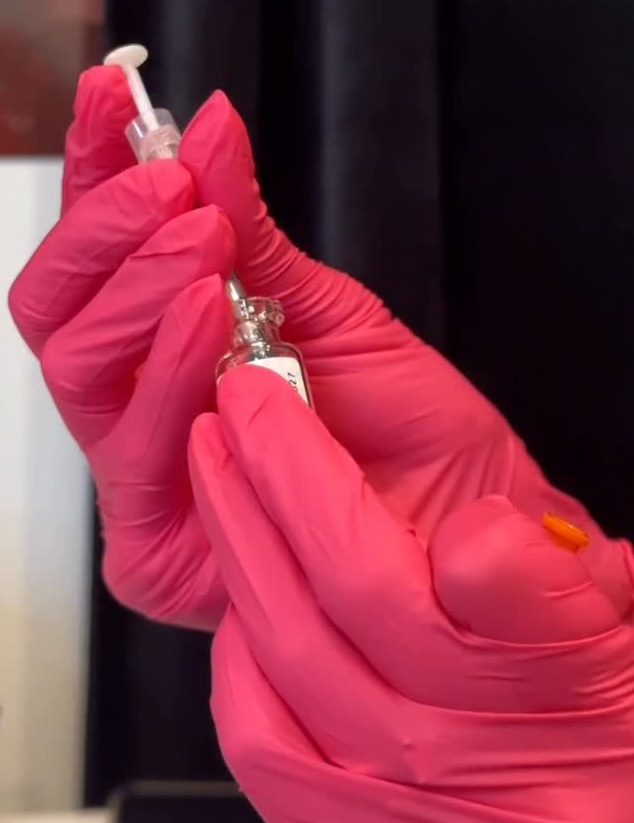
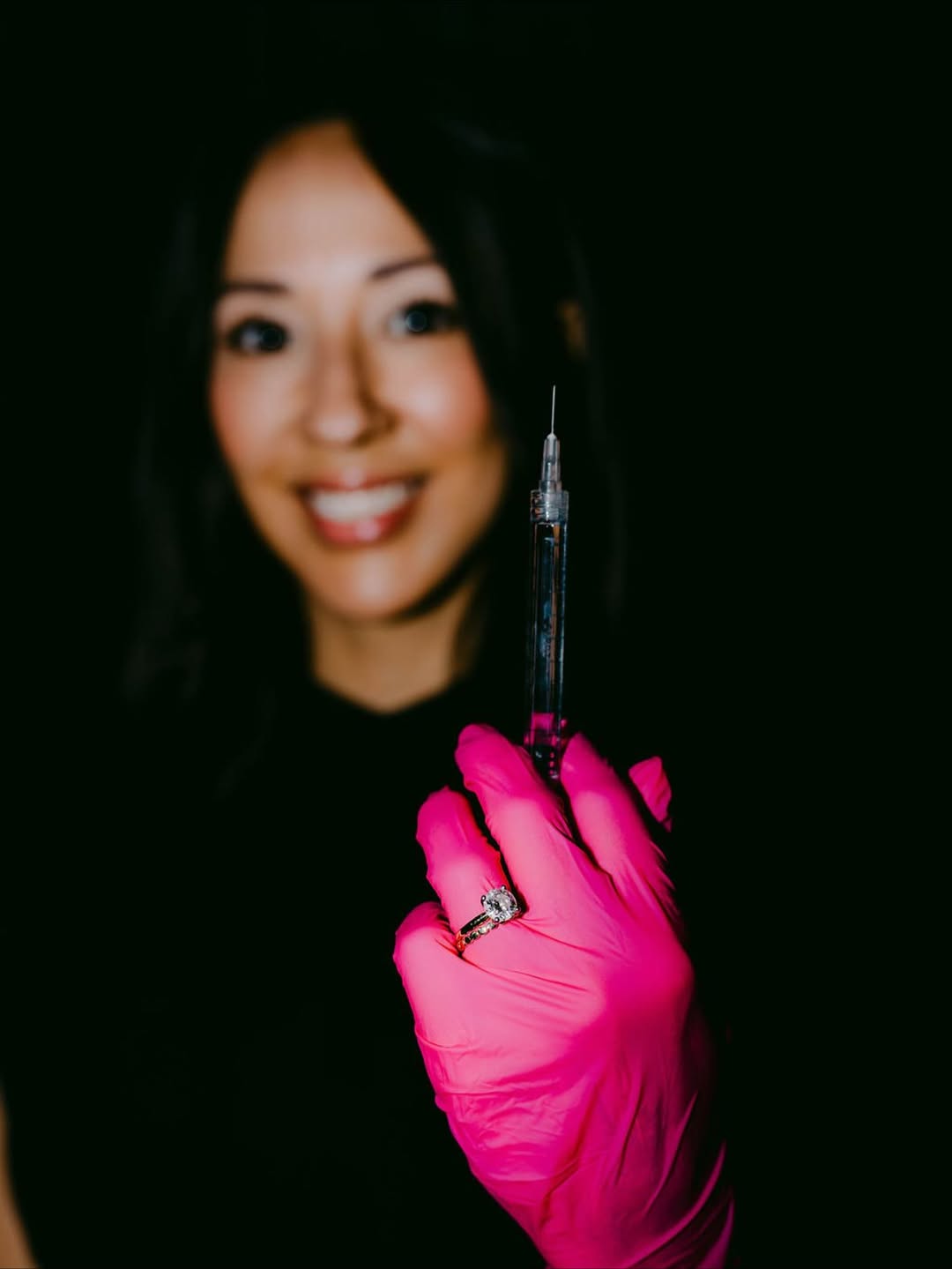
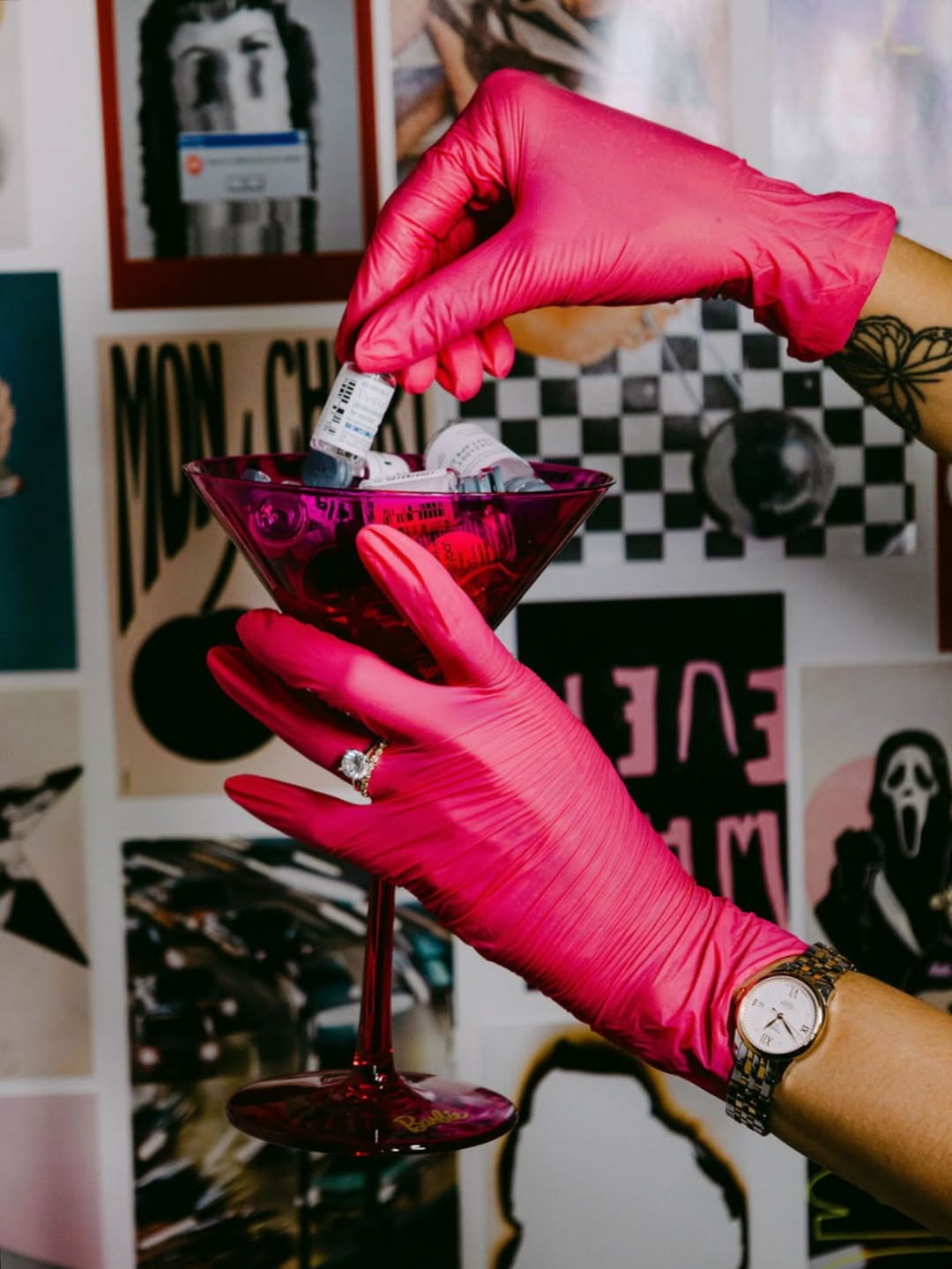
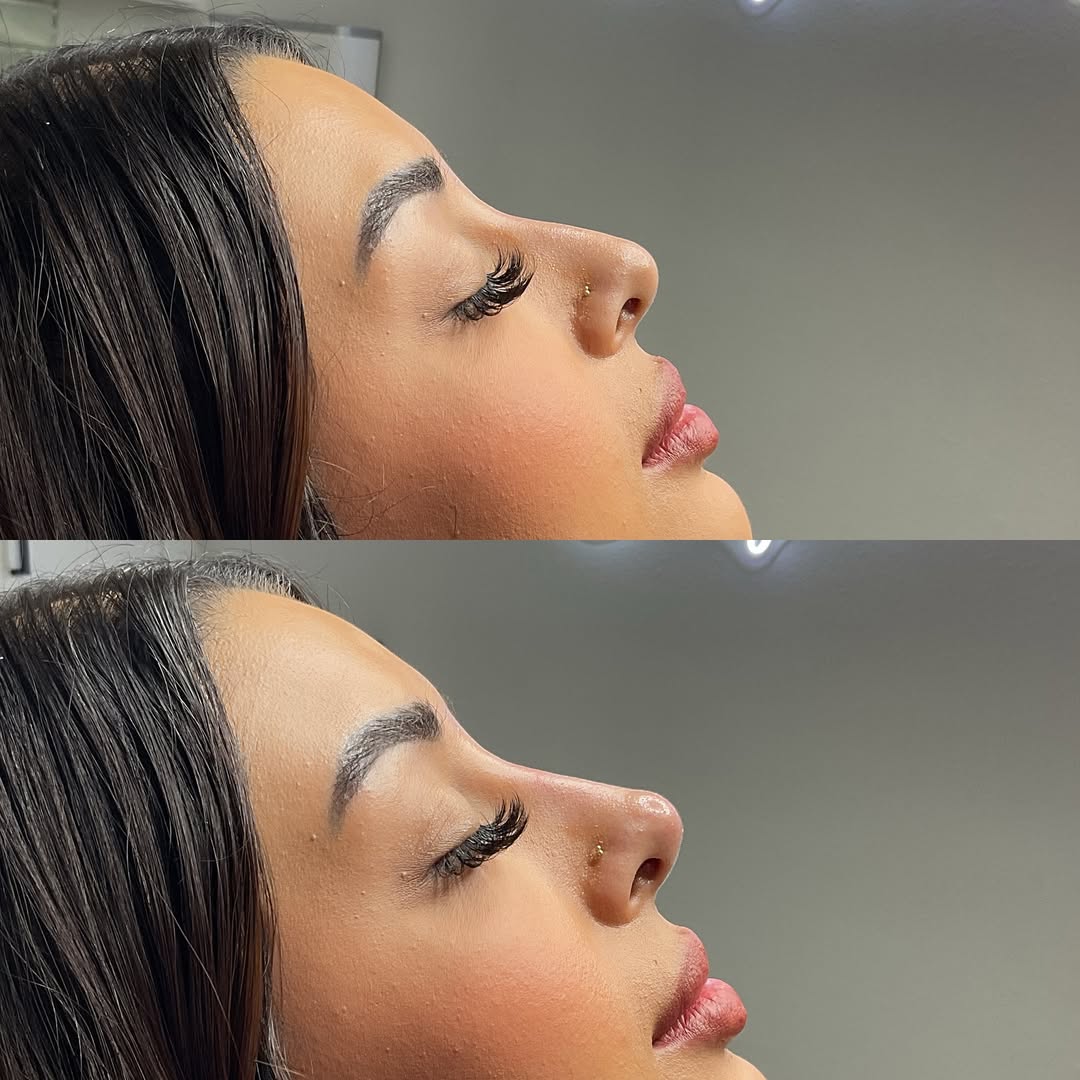


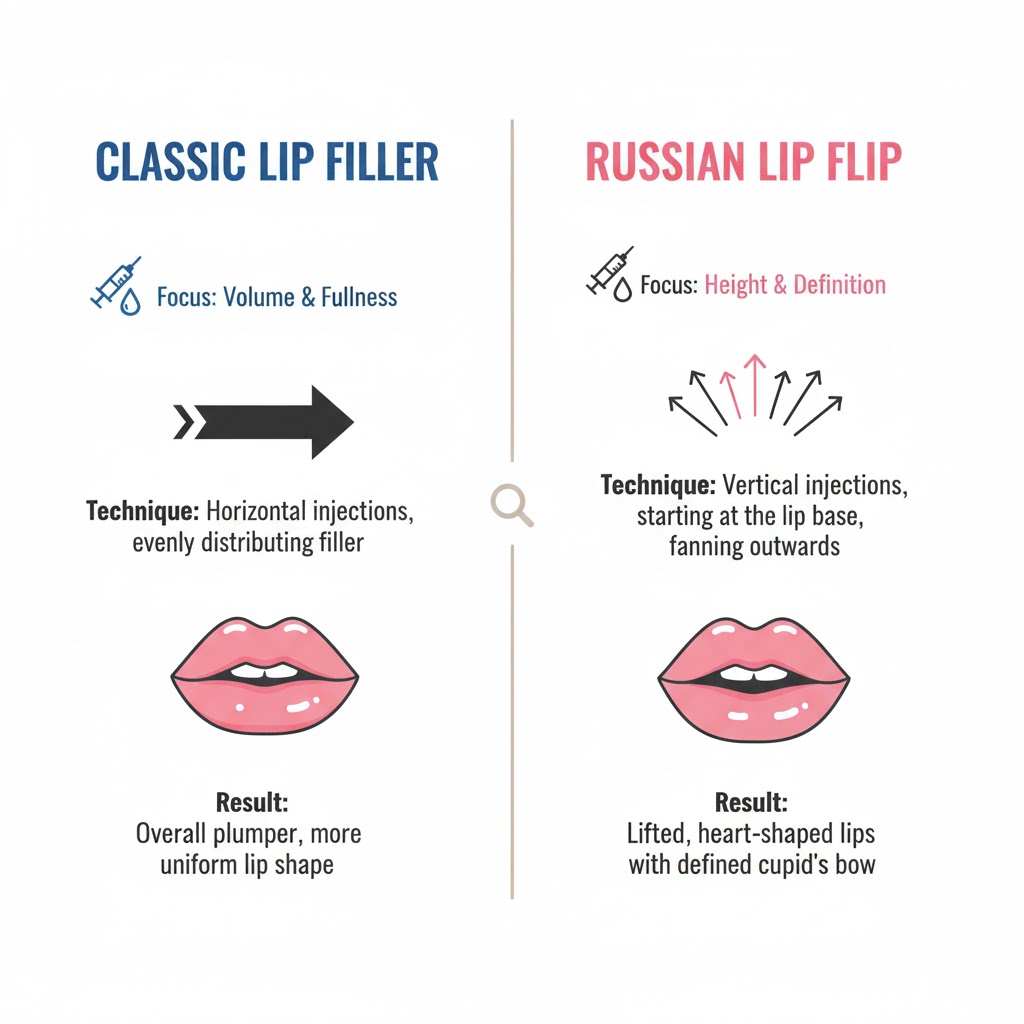
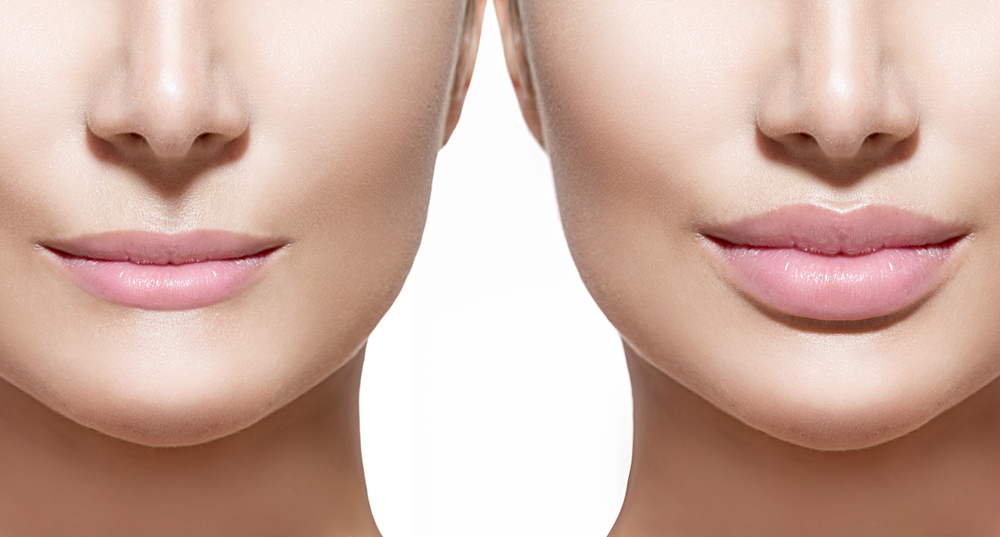
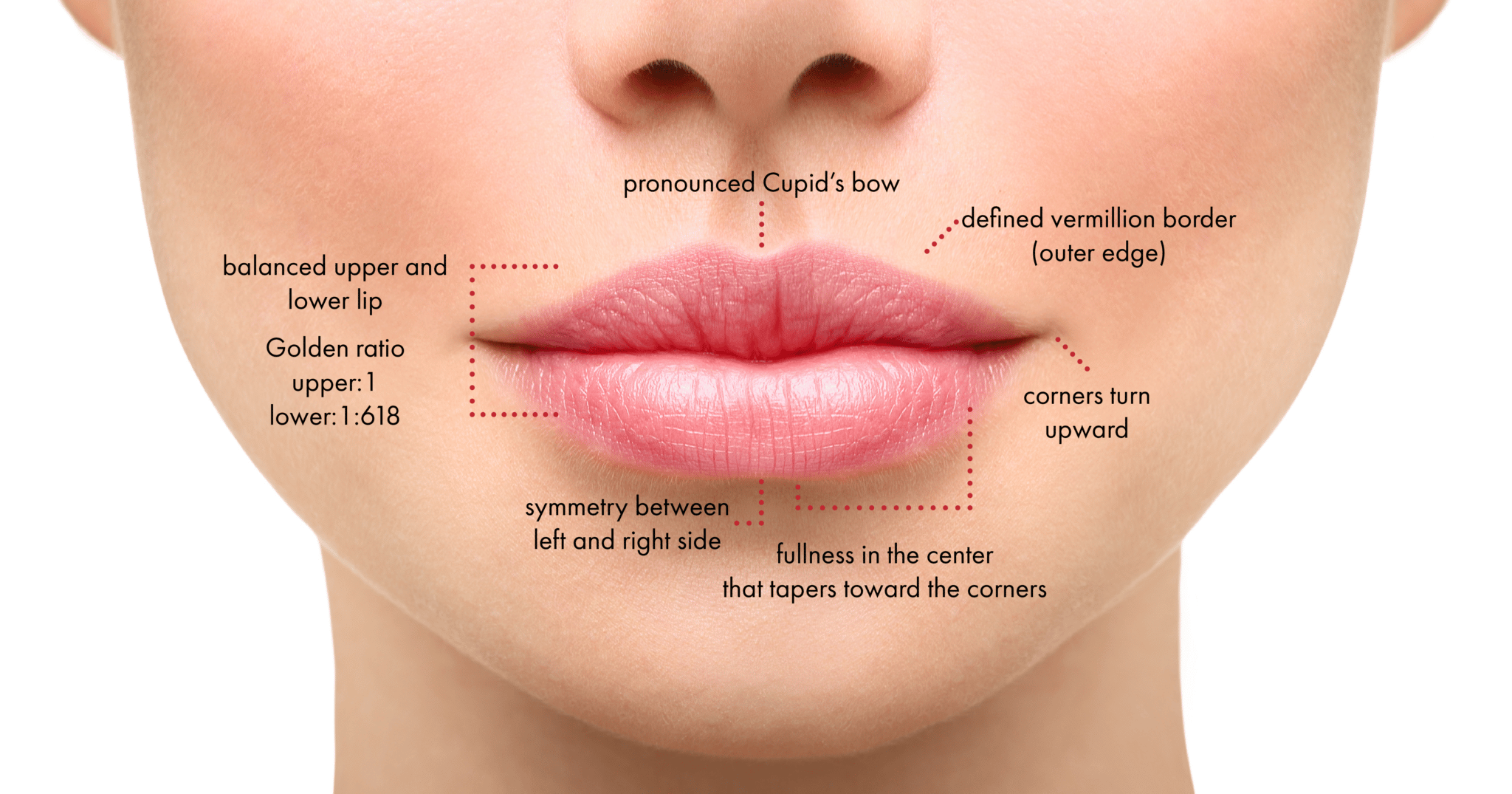
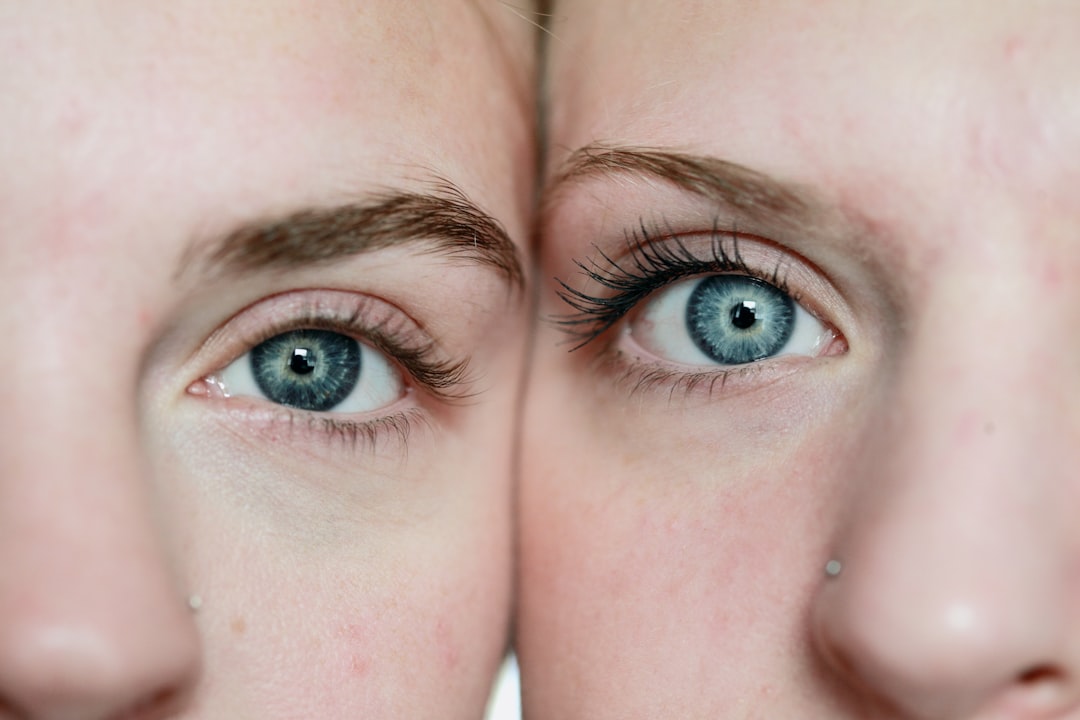
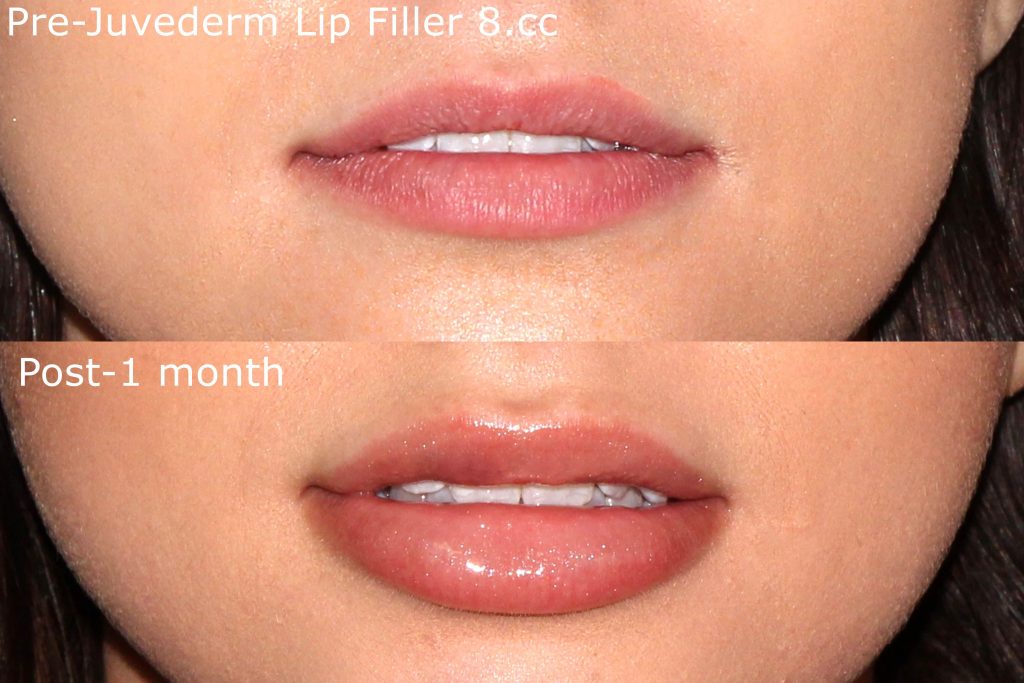
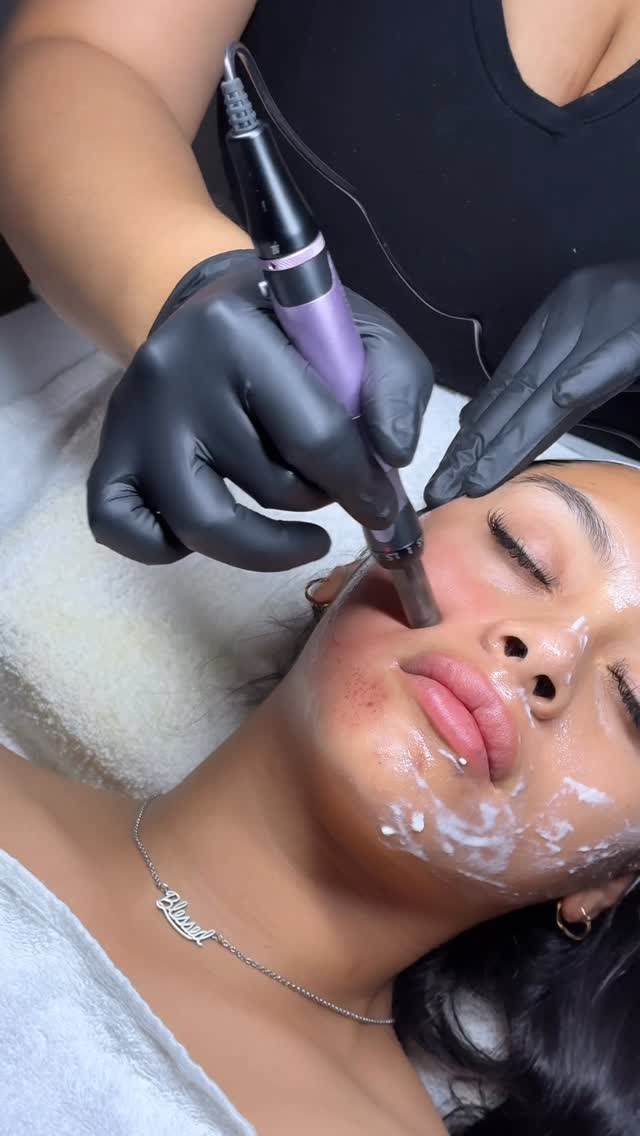
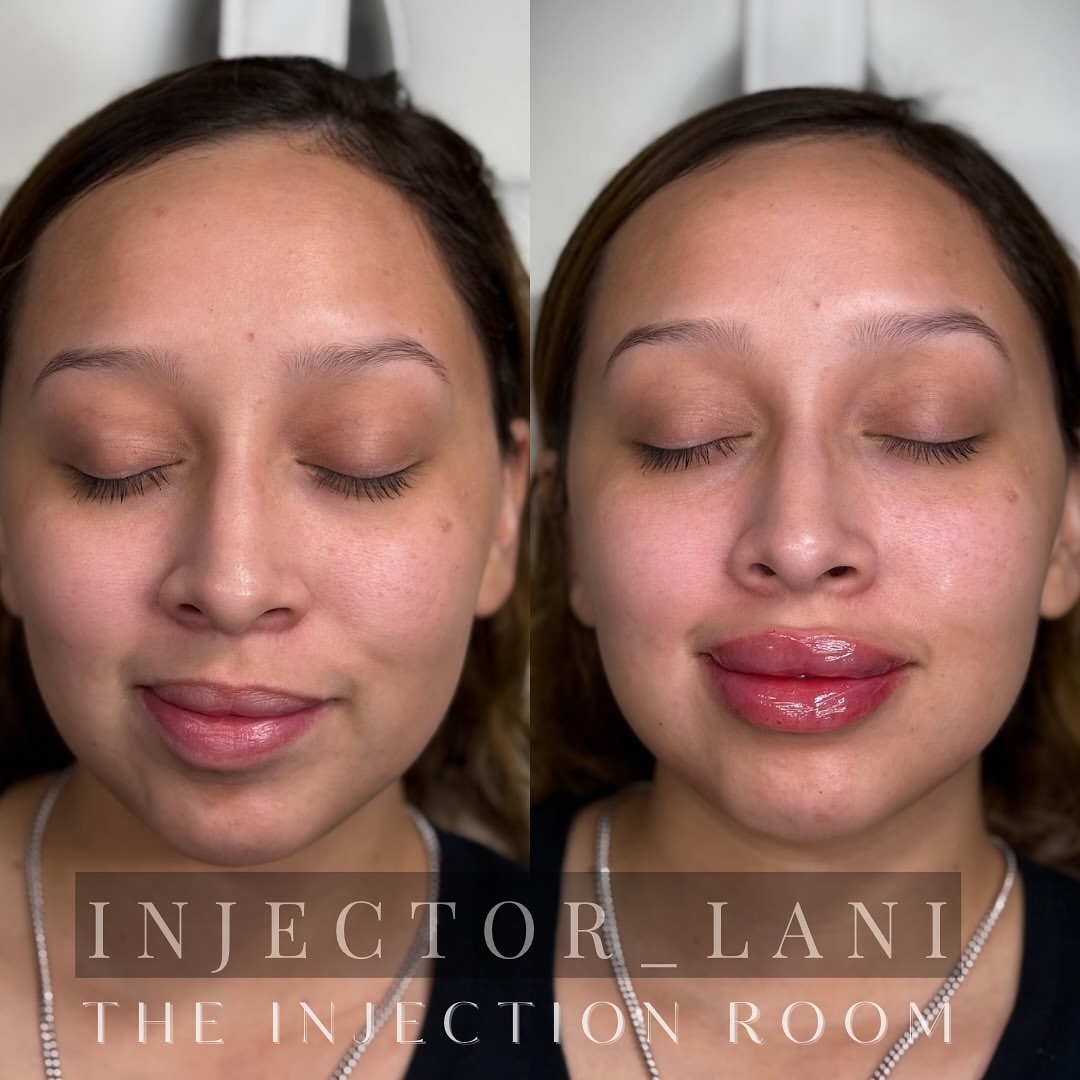
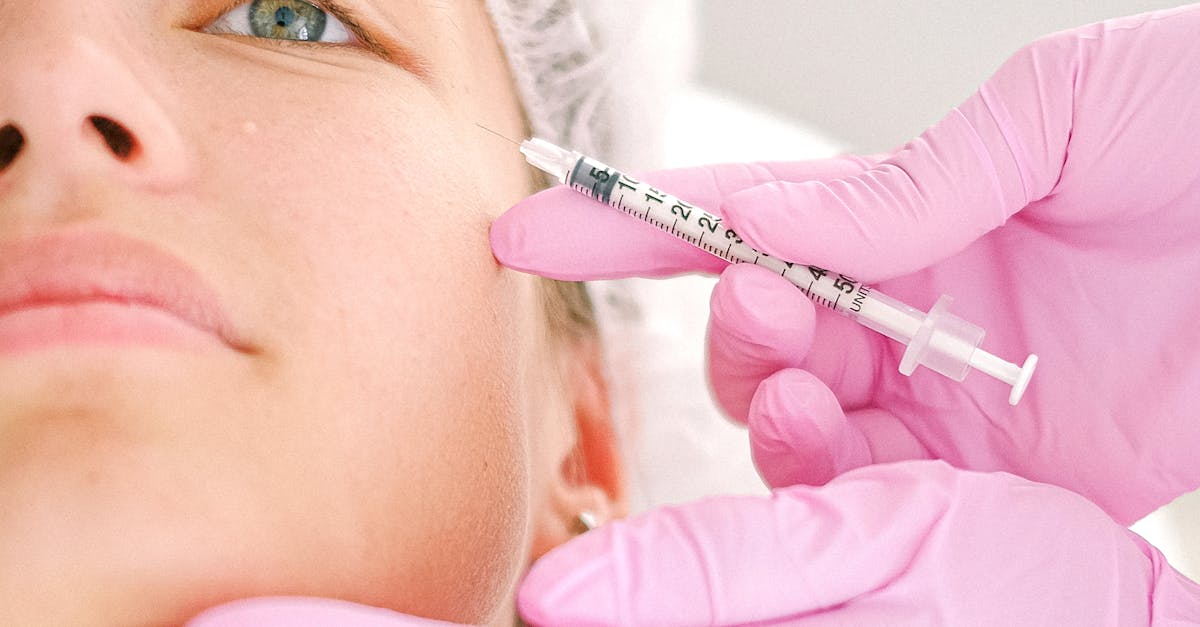

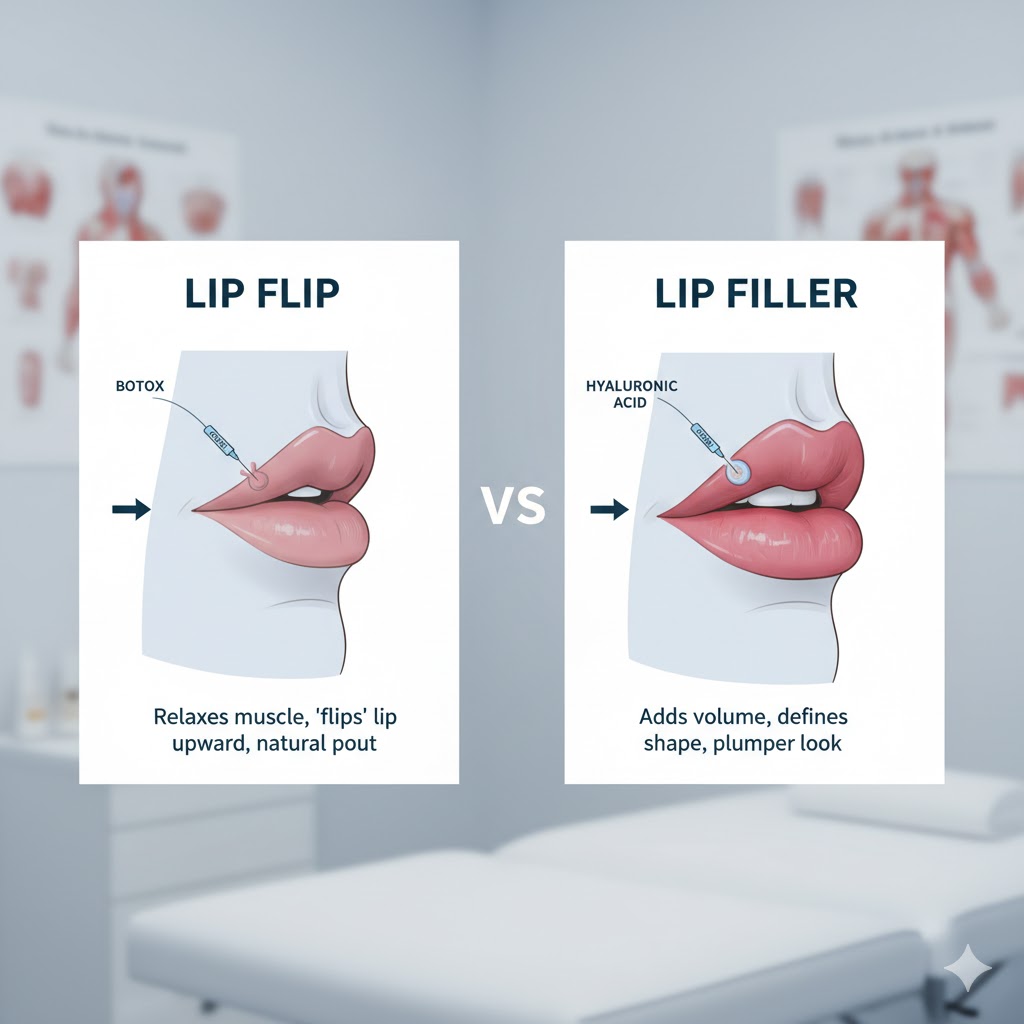

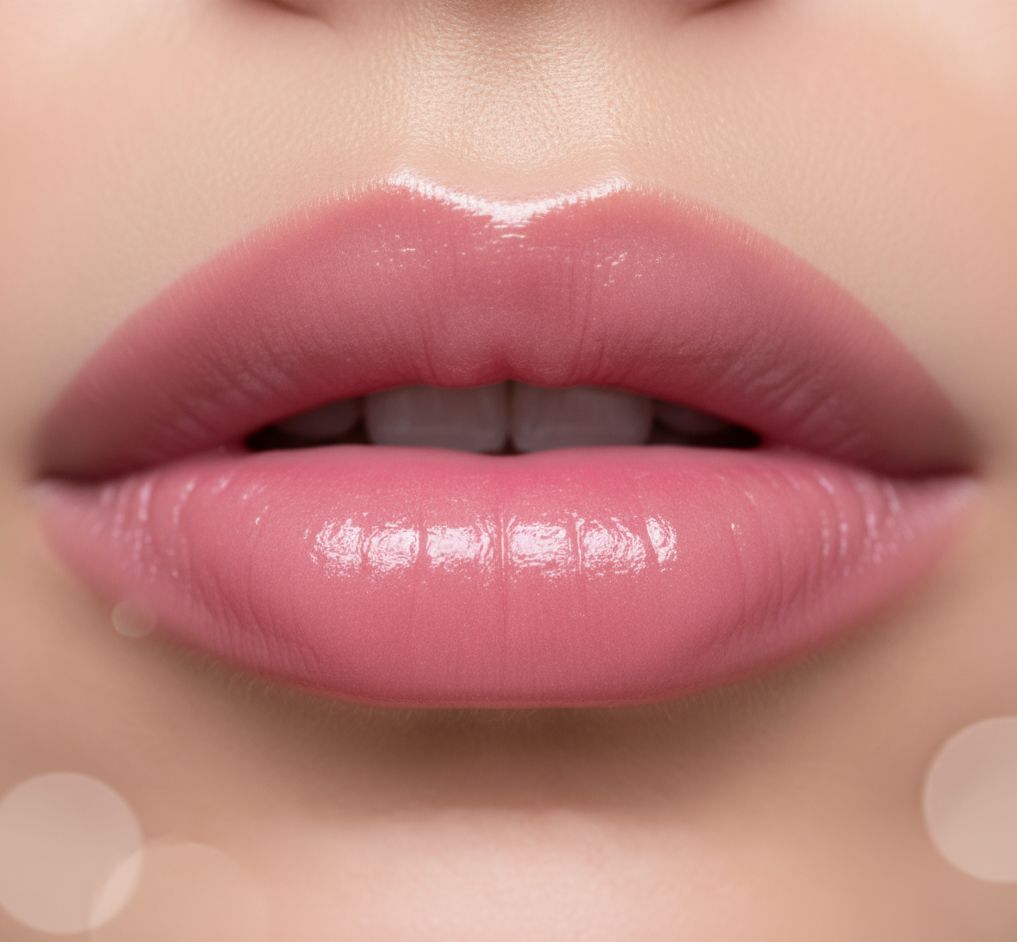
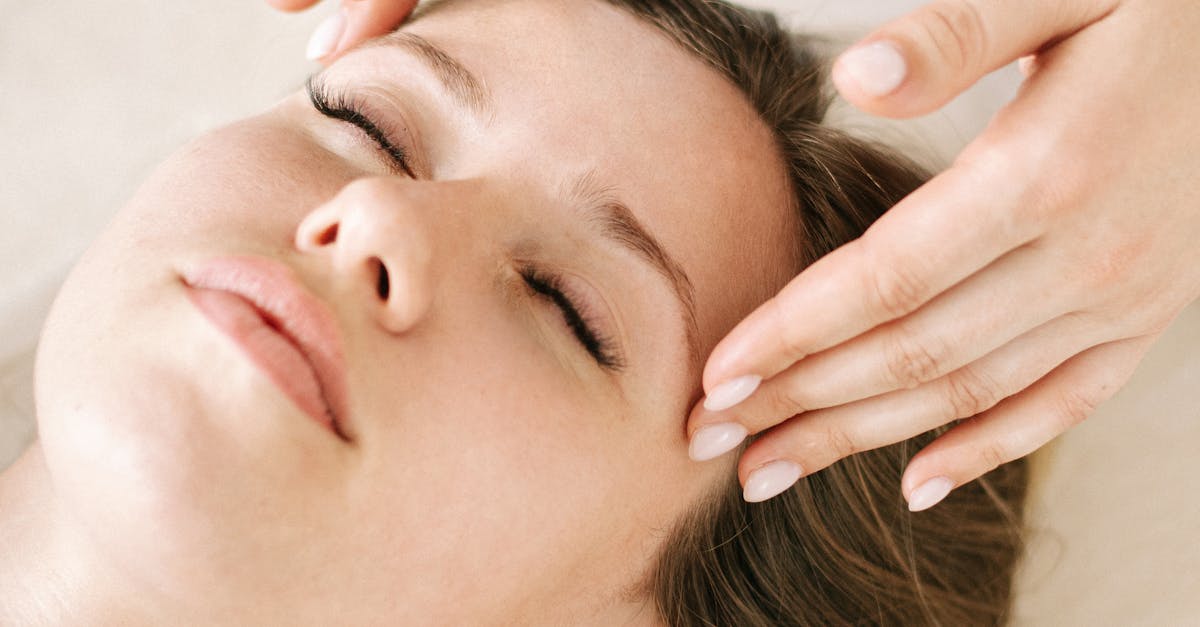
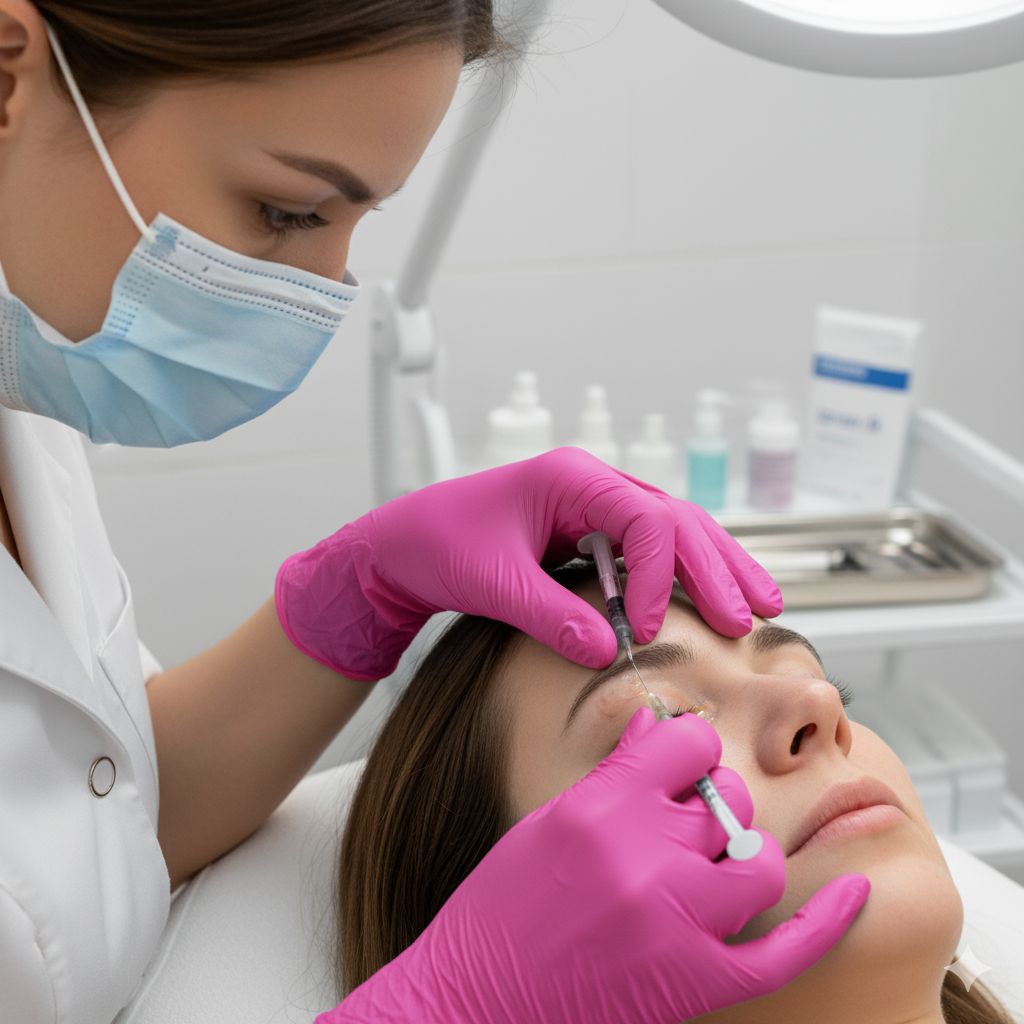
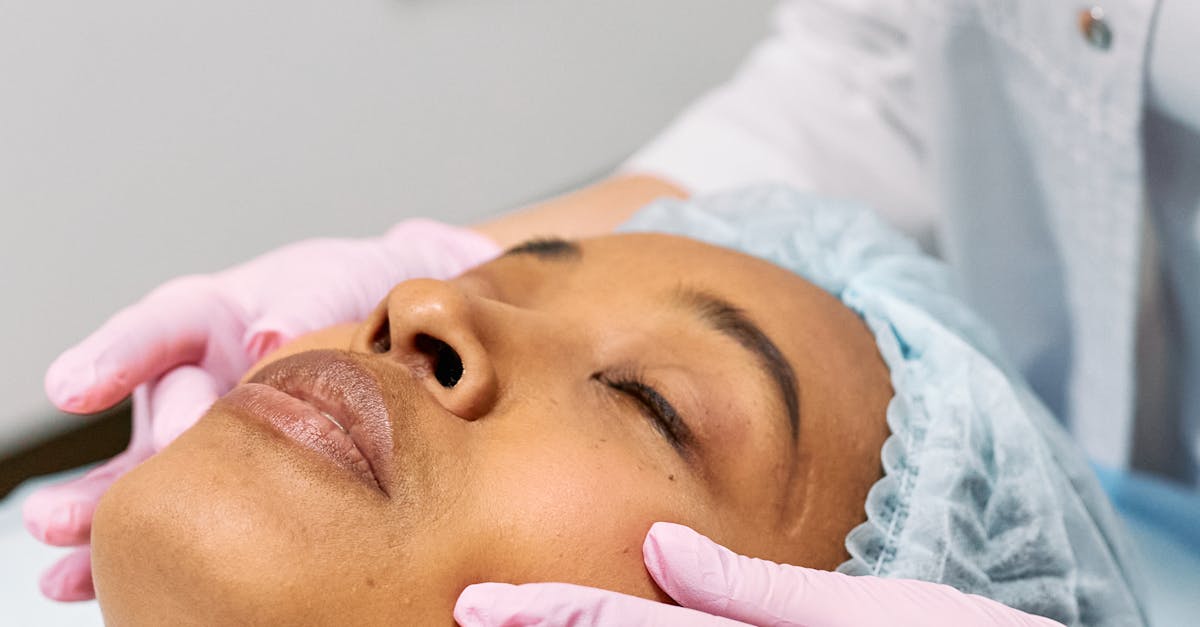
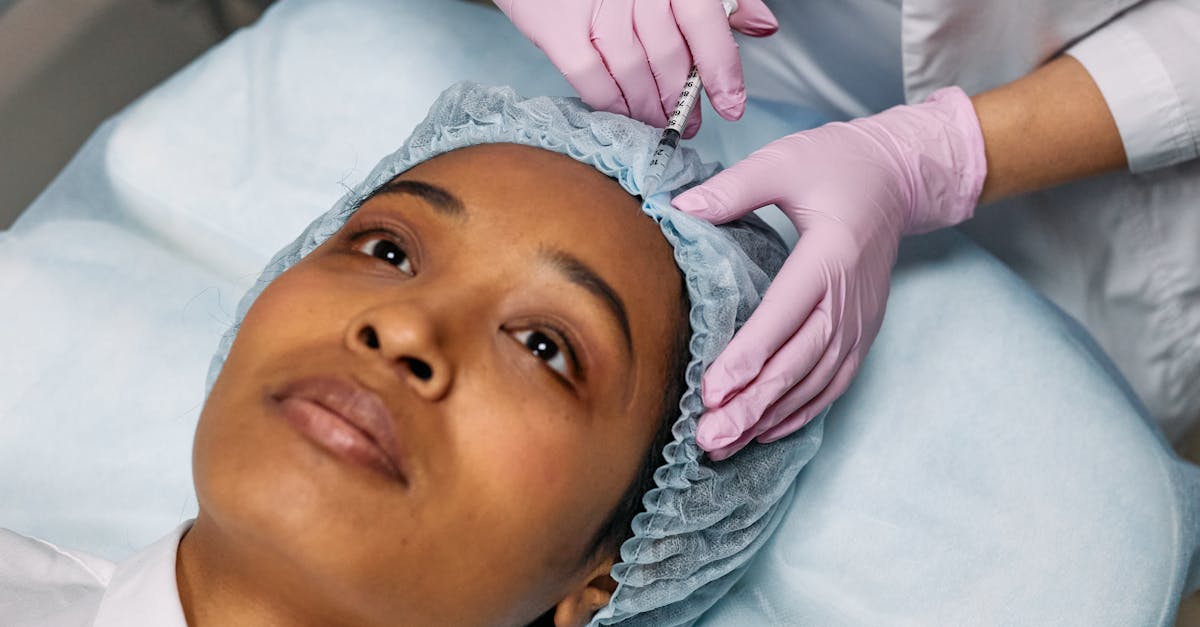
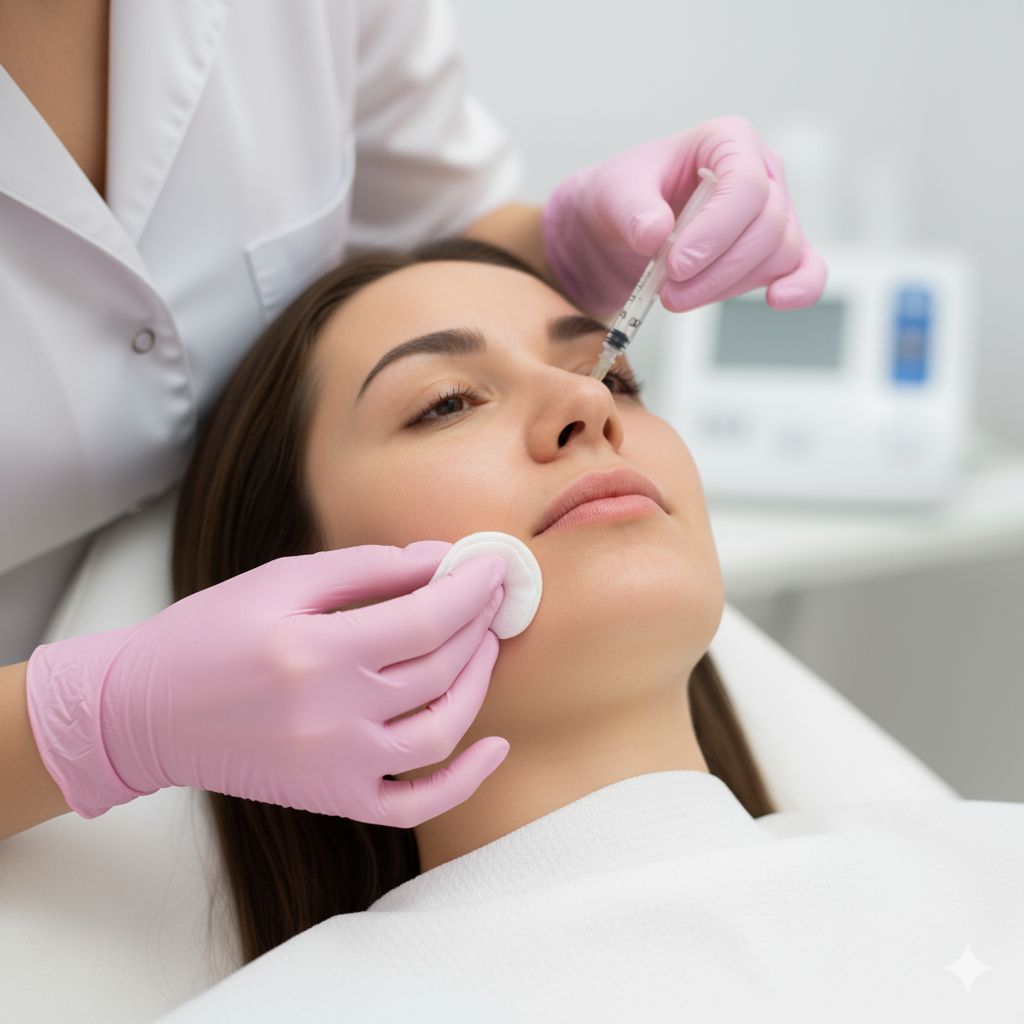
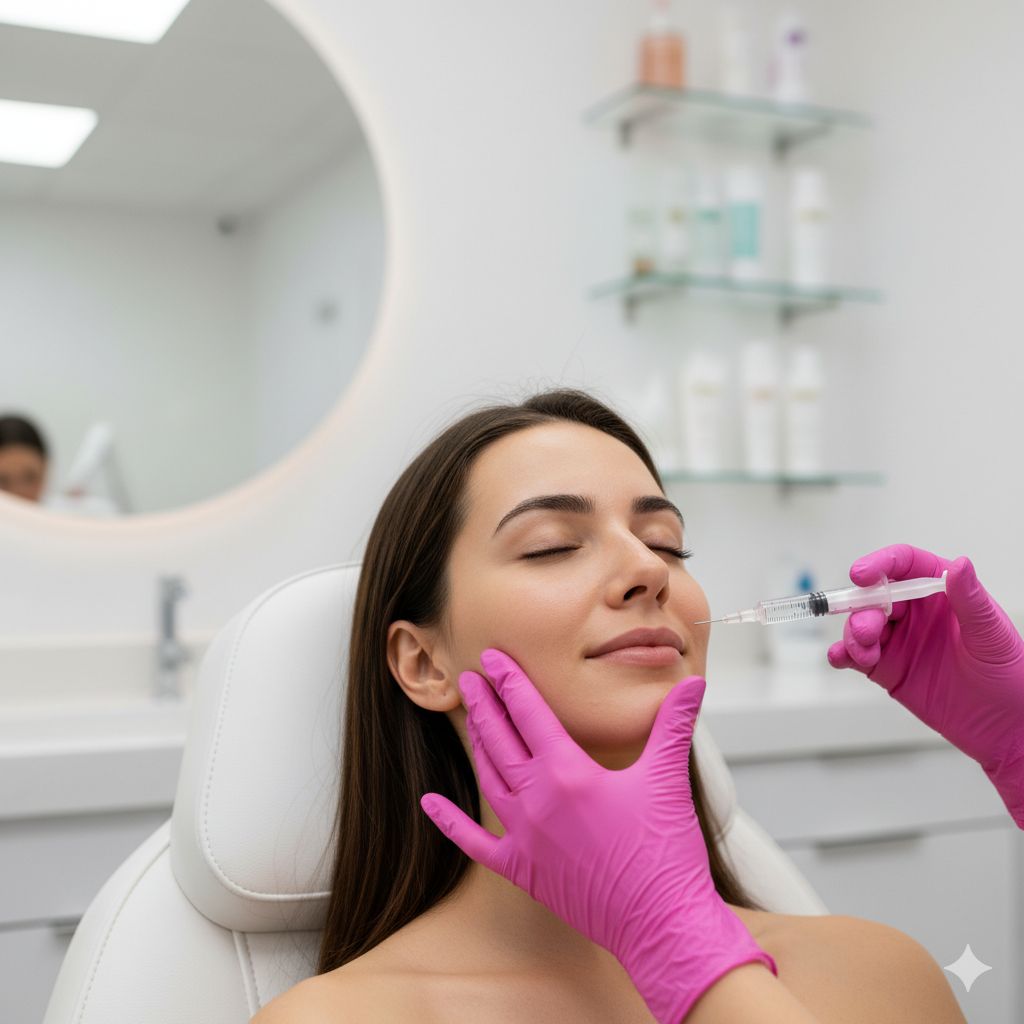


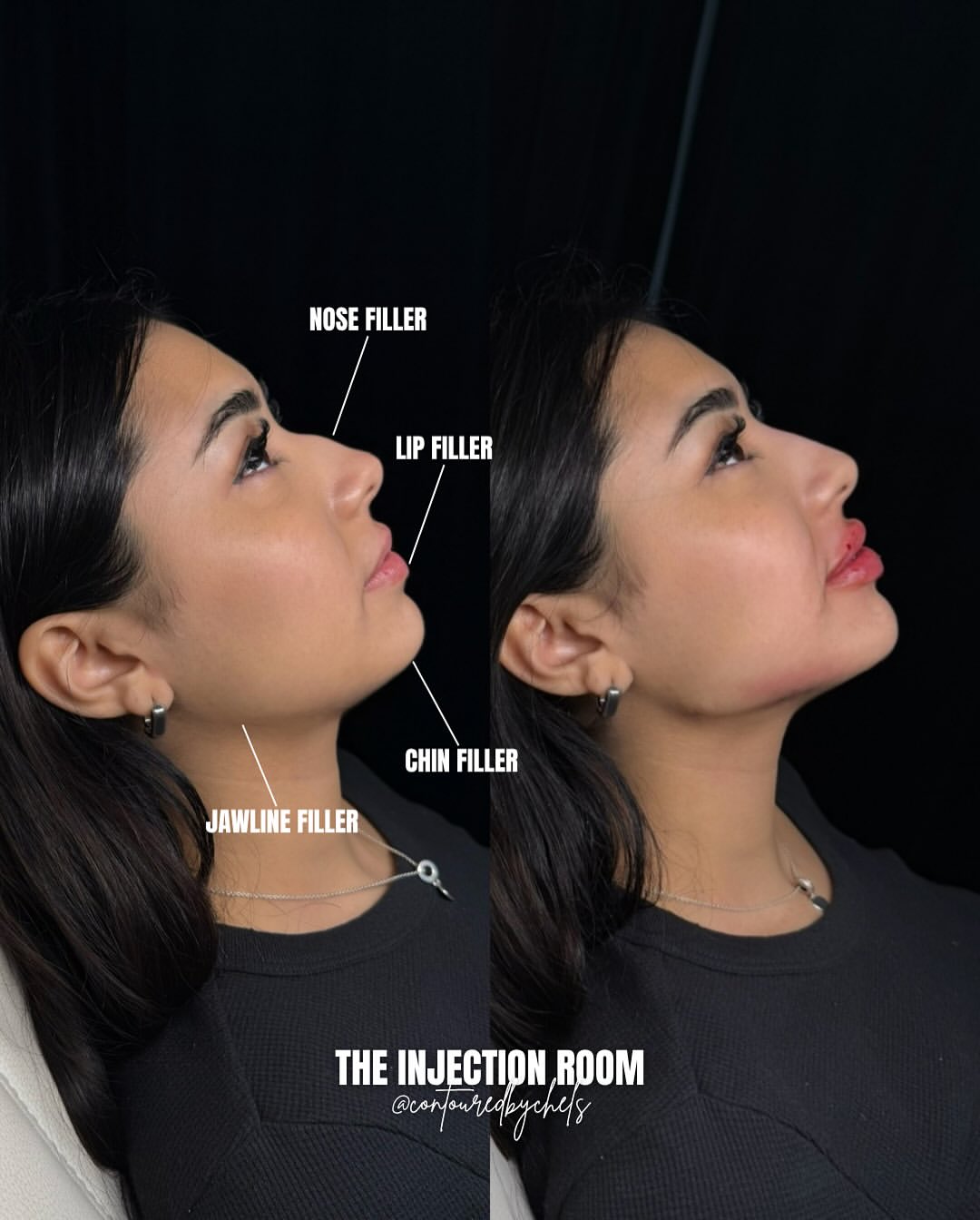
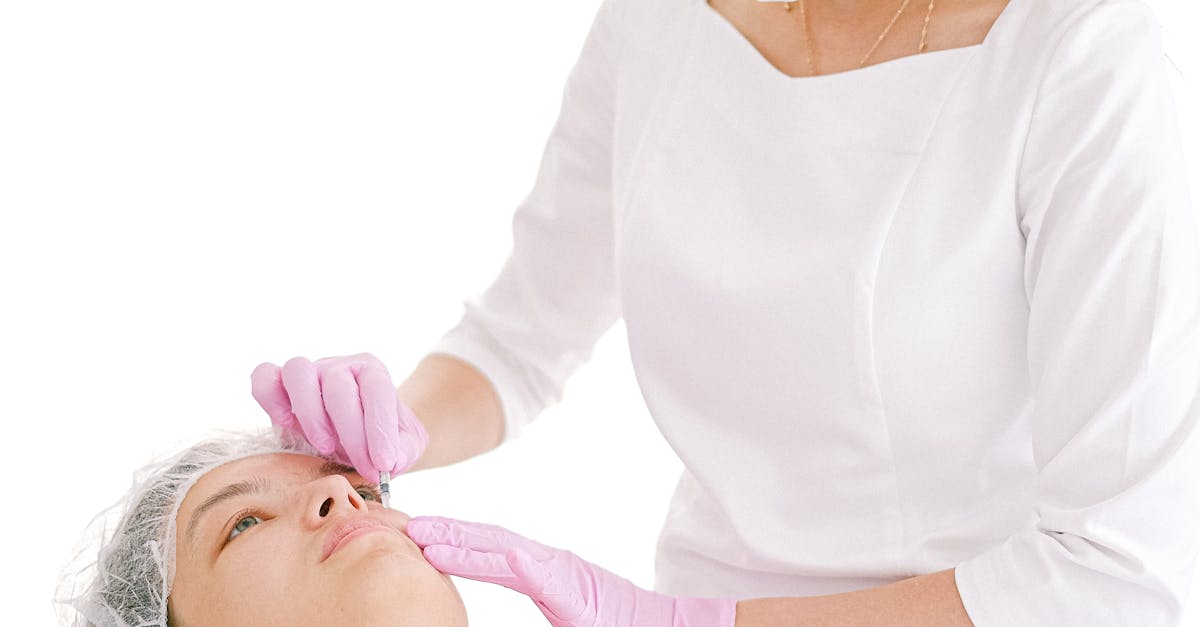
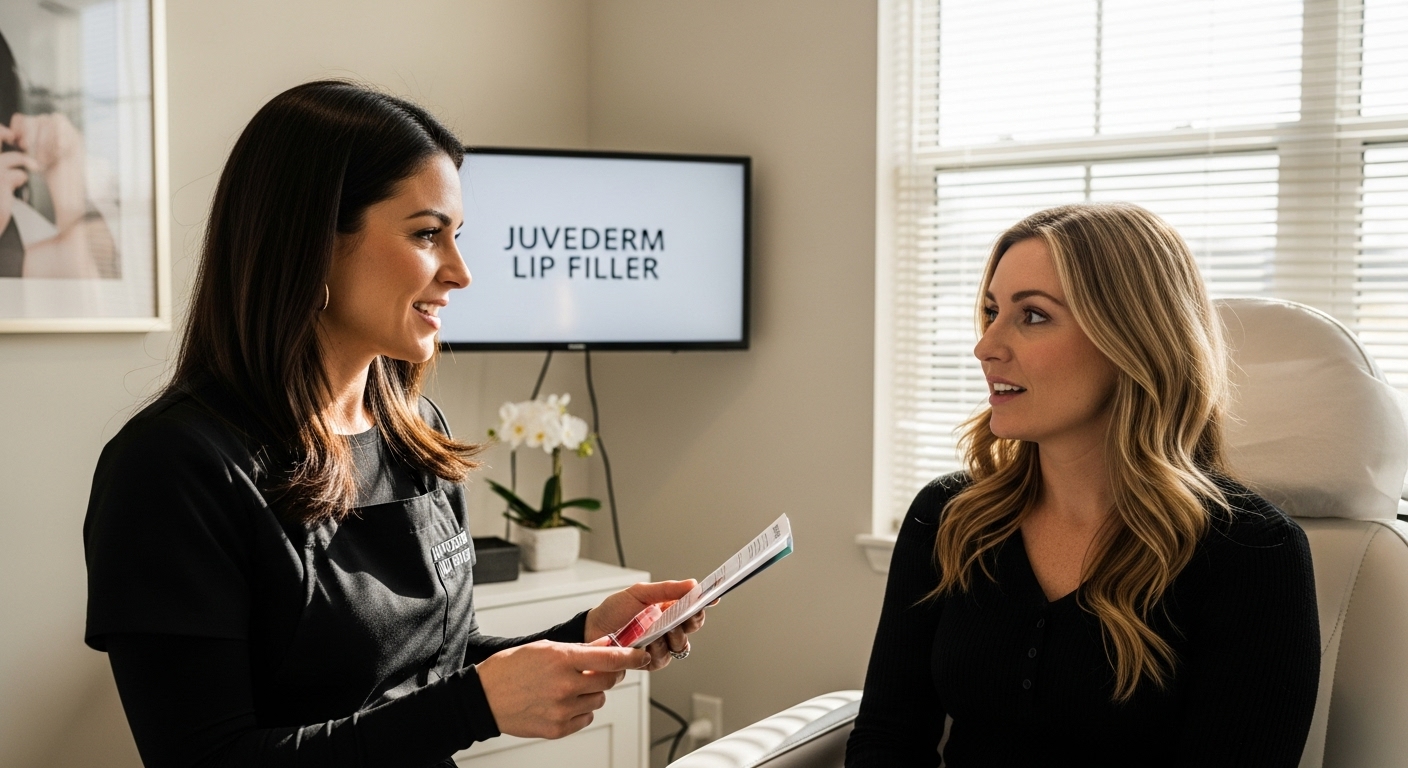


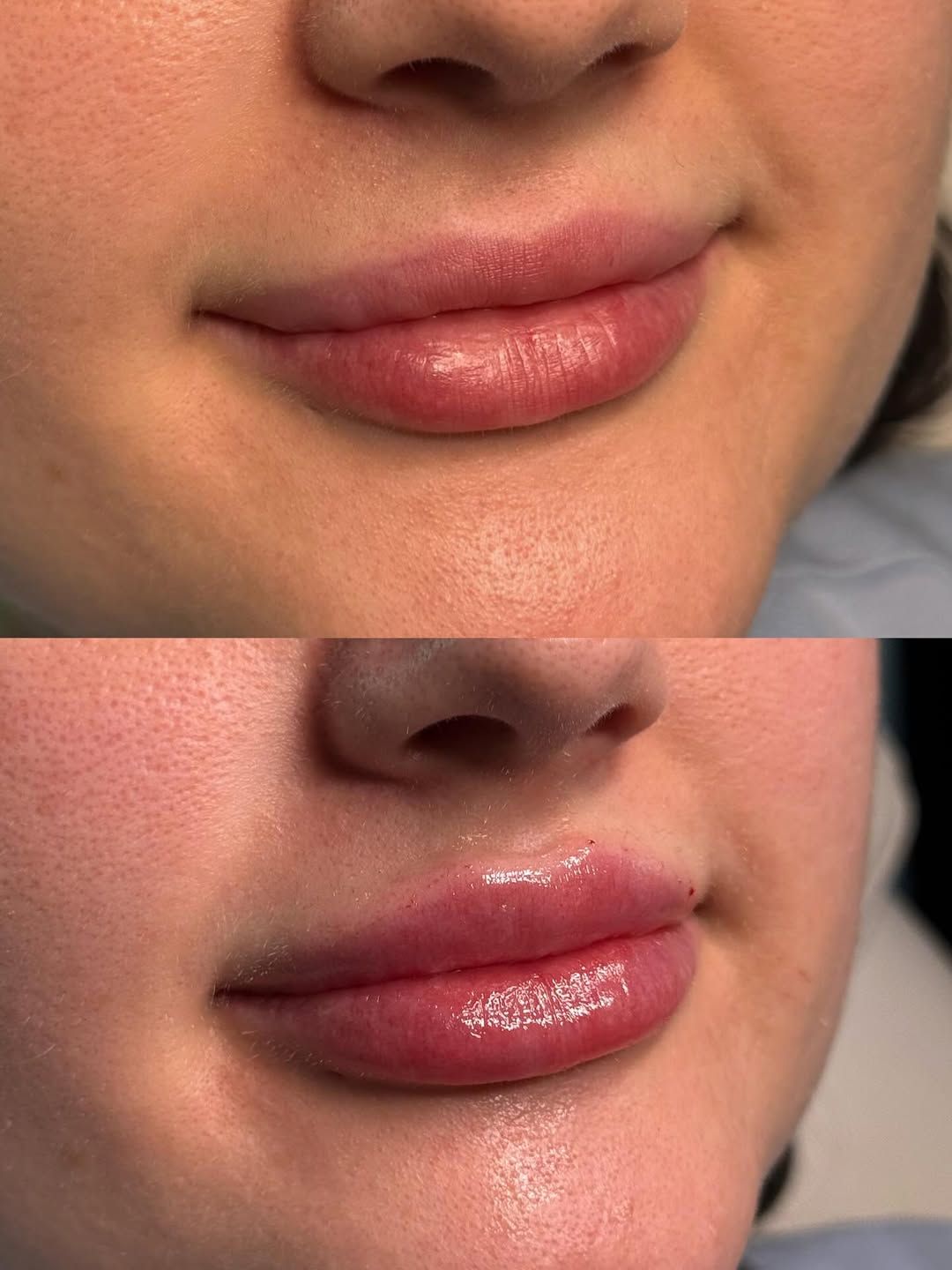
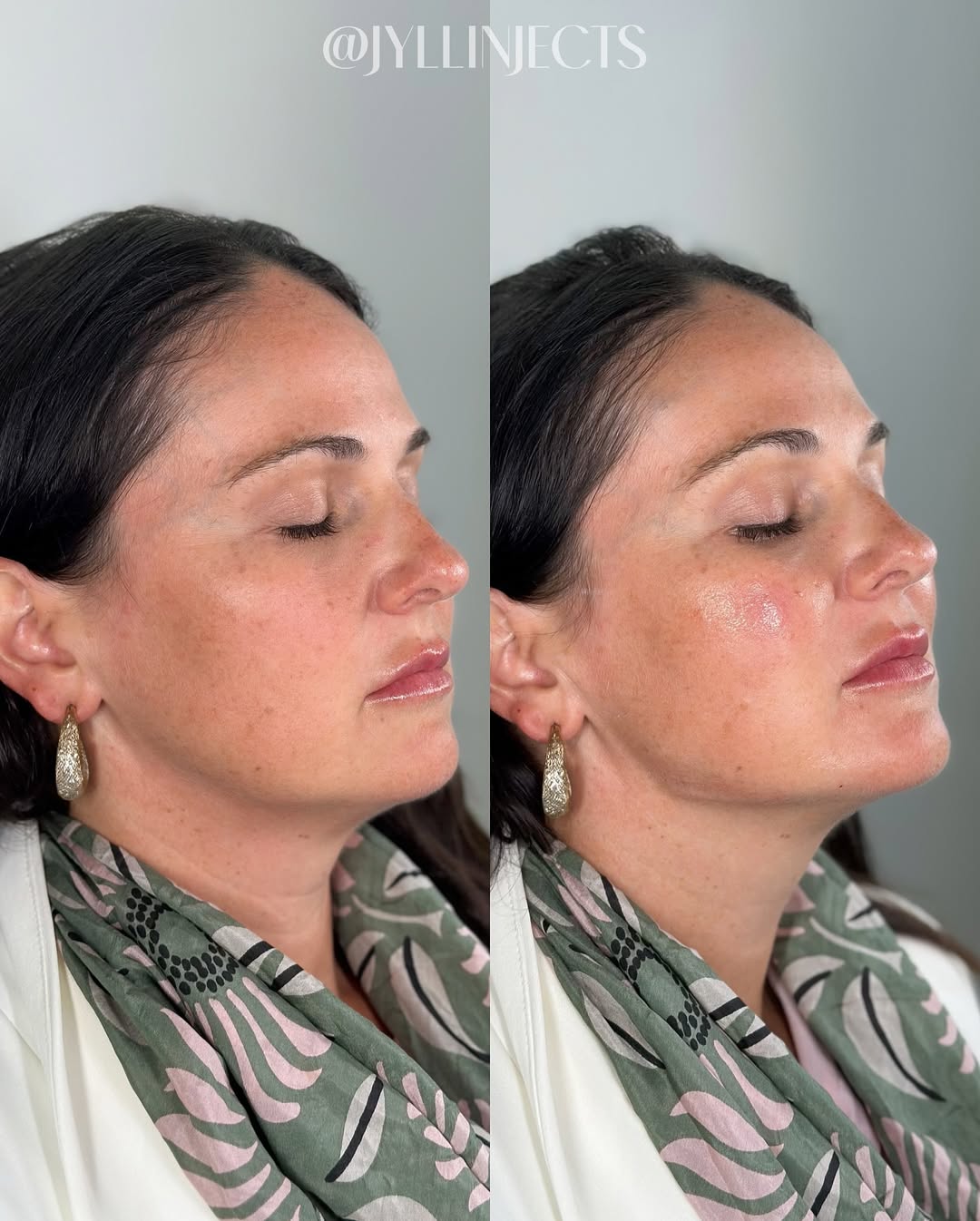

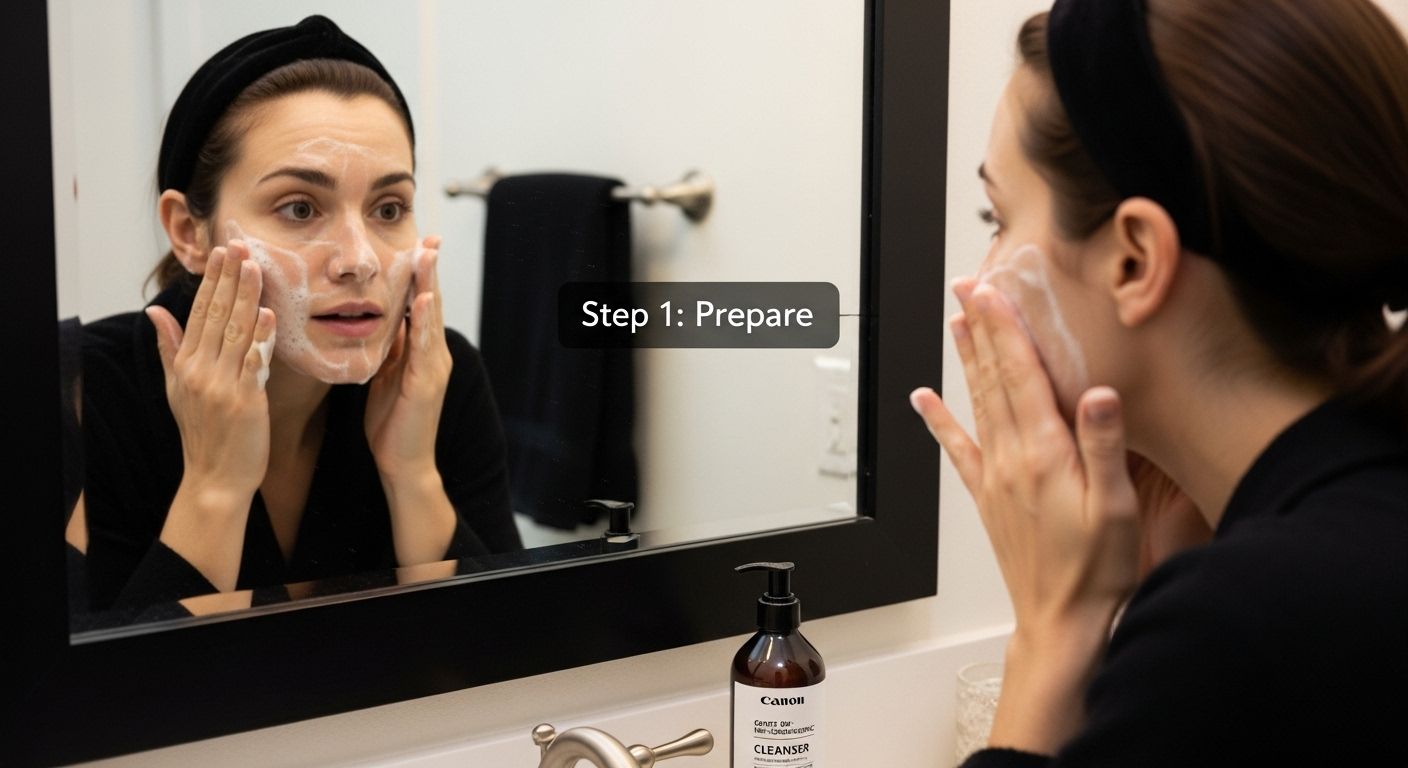
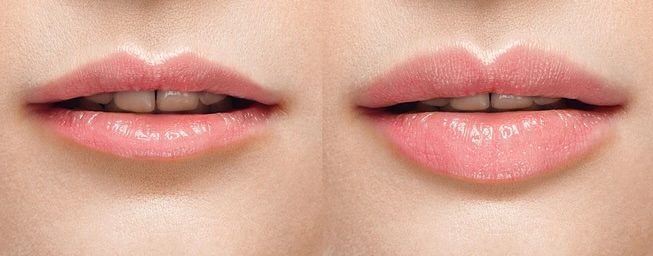

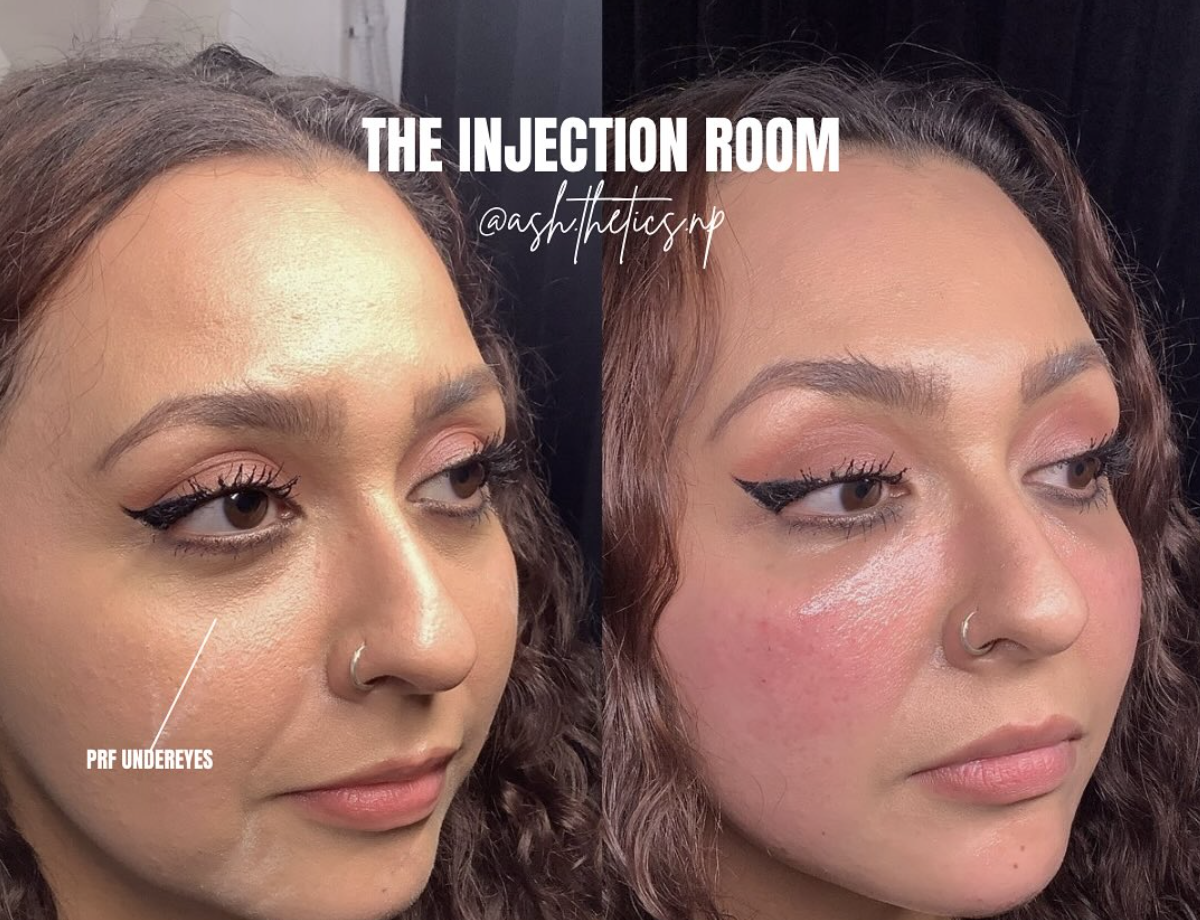


.jpeg)
.jpeg)
.webp)

.jpeg)











